Picture (above): RV Investigator at sea. Credit: CSIRO Science Image.by Helen Phillips, Nathan Bindoff, Pete Strutton
(IMAS, University of Tasmania)
RV Investigator returned to Hobart after a 32-day voyage to map a meander of the Antarctic Circumpolar Current (ACC) Polar Front. This meander is known to funnel large amounts of heat toward Antarctica and is one of four major hotspots for poleward heat transfer in the Southern Ocean.
In the science party were 11 CLEX students and postdocs, three international students, a film maker and visual artist, and collaborators from CSIRO, Antarctic Climate and Ecosystems Cooperative Research Centre and Woods Hole Oceanographic Institution.
Led by Nathan Bindoff and Helen Phillips from the University of Tasmania, with a biogeochemistry component led by Pete Strutton, the voyage delivered a full-depth, full-width, 700 km long survey of the meander. These new observations are a world-first that will be used in conjunction with super-high resolution computer simulations to investigate the small-scale ocean processes that slow down the ACC and control poleward heat transfer.
This voyage and the observations were funded by ARC Discovery Projects, and support for participation of investigators and students was provided by CLEX and the Australian Government’s National Environmental Science Programme.
We used a wide range of instruments to collect our observations. The early career researchers (ECRs) from CLEX and overseas were trained in the use of all of these, as well as the very sensitive tasks of collecting water samples for the chemical and biological analyses that were conducted on board. The data totalled many terabytes worth, and we kept a close eye on its quality through early data analysis.
All of the ECRs participated in a small research project that was focussed on a particular dataset or research question. In some cases the projects aligned with the ECRs existing research and has potential to be published. Other projects were an opportunity for ECRs to learn something completely new.
Because the ship at sea is a 24-hour, 7-day a week operation, we worked in two shifts: 2pm to 2am, 2am to 2pm. Lunch at 11:30 am is the main time for both shifts to overlap and catch up. We also had a daily update on voyage plans and early results from Nathan at 1:30 pm, followed by a science talk.
Early in the voyage, the science talks were often about the research background of each participant. On the October 31 we had a Halloween party instead – with remarkably creative costumes considering the lack of resources on board.
In the last week of the voyage, the talks switched over to present the results of the research projects, and a very interesting discussion on the ethics of ocean observations.
Some of the science talks weren’t science at all, they were about communicating science through story-telling, visual art, and our own interactive map that is currently under development.
A collaboration with the Ocean Media Institute led to film maker Sarah Lanier joining the voyage. Sarah was everywhere on the ship, capturing instrument deployment and retrievals, control room operations, funny moments, and she was obsessed with capturing the Aurora Australis on rare nights without clouds. Sarah will create a documentary that tells the story of our voyage, to be submitted to film festivals around the world.
Visual artist Annalise Rees from University of Tasmania was pivotal in developing and supervising communication activities from the voyage. In addition to working on her drawings of the ocean and voyage activities, Annalise coordinated the blogs that students prepared to explain what was happening on the voyage. Annalise also captured the sounds, videos and interviews that we will use to populate an interactive map of the voyage.
Digital artist Matt Daniels in Hobart will develop the map to help people who have never been to sea understand why we do it and what it’s like to be out there.
Observing the ocean is difficult because of the extreme environment and isolation. However, the combined efforts of many oceanographers over many decades has delivered the data collections we use to understand the ocean.
It is not possible to underestimate the power of making observations. Particularly for students and postdocs whose main connection to the ocean is classroom theory and computer models, there is no substitute for time on a ship watching the ocean structure unfold before their eyes. It creates a deeper understanding of ocean dynamics and a sense of gratitude for those who make the measurements that inform global syntheses and models.
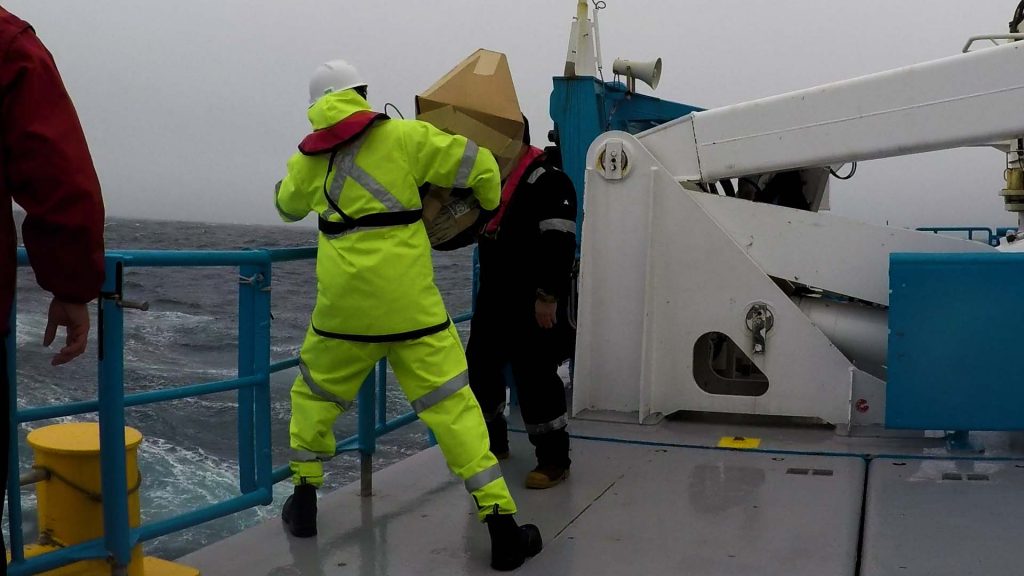
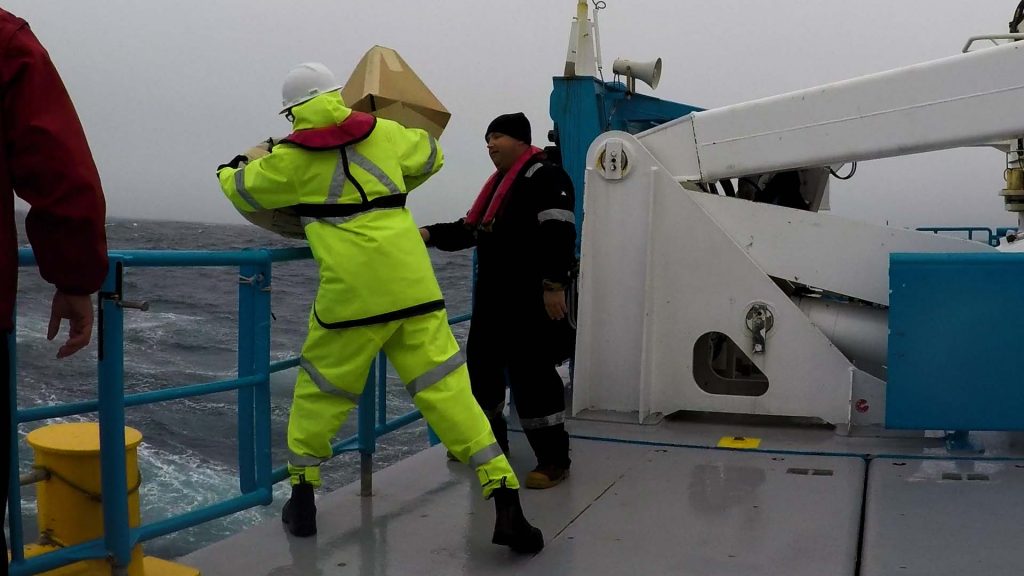

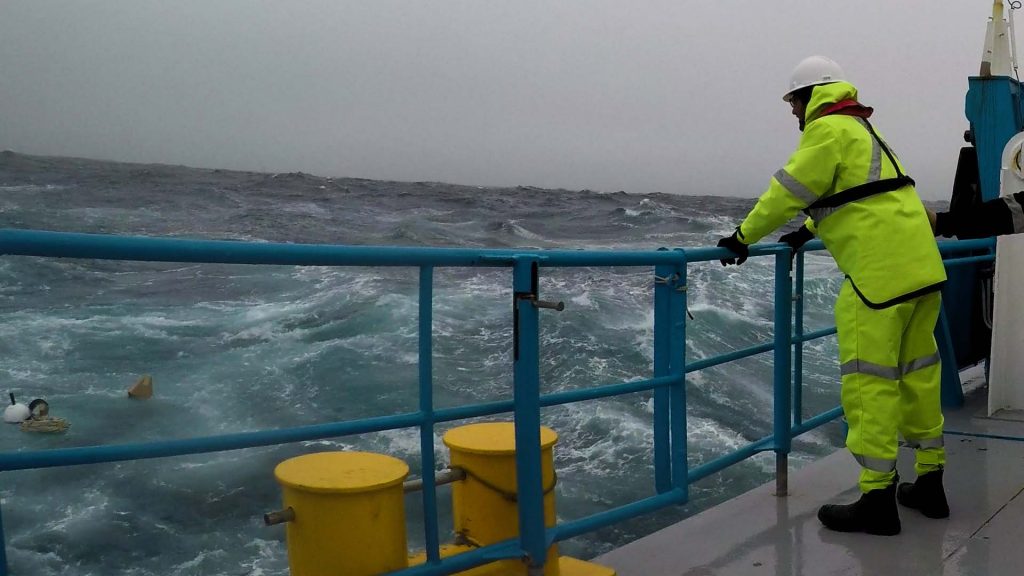

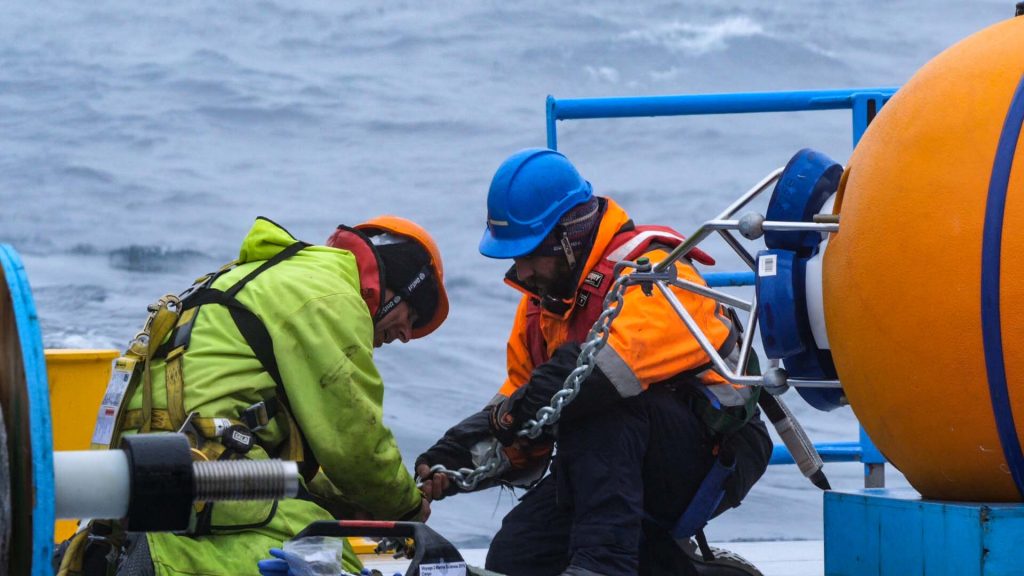
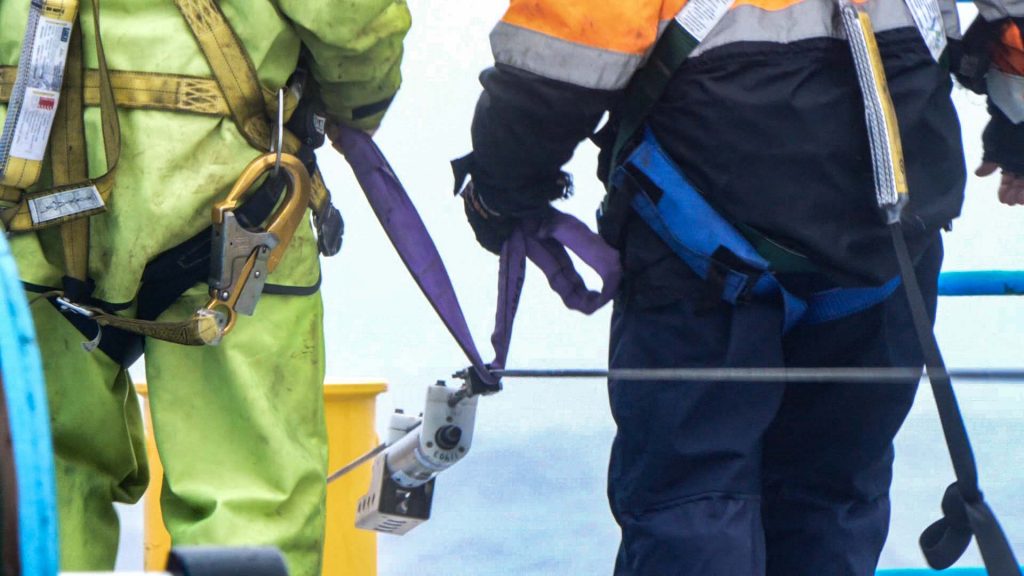


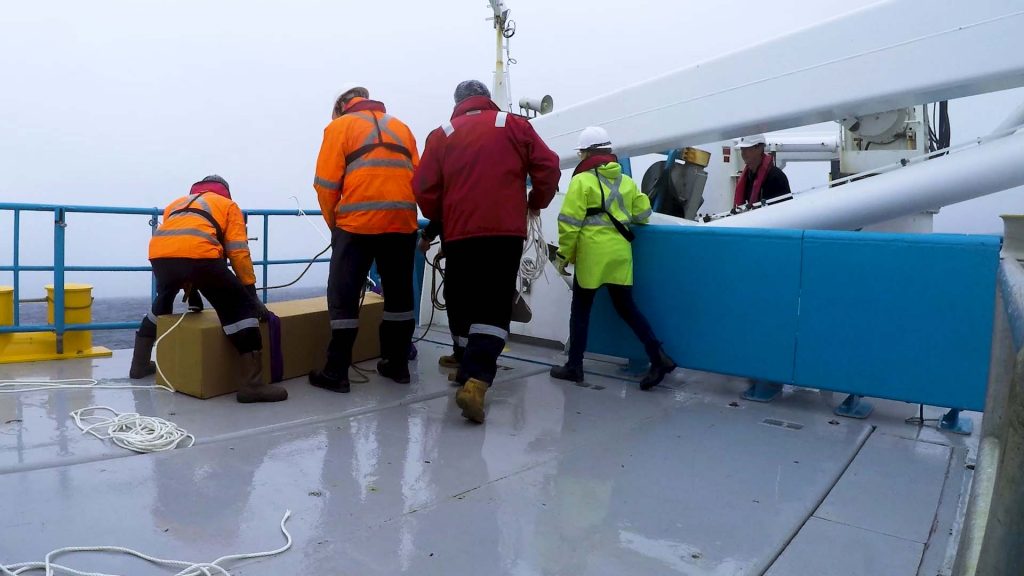
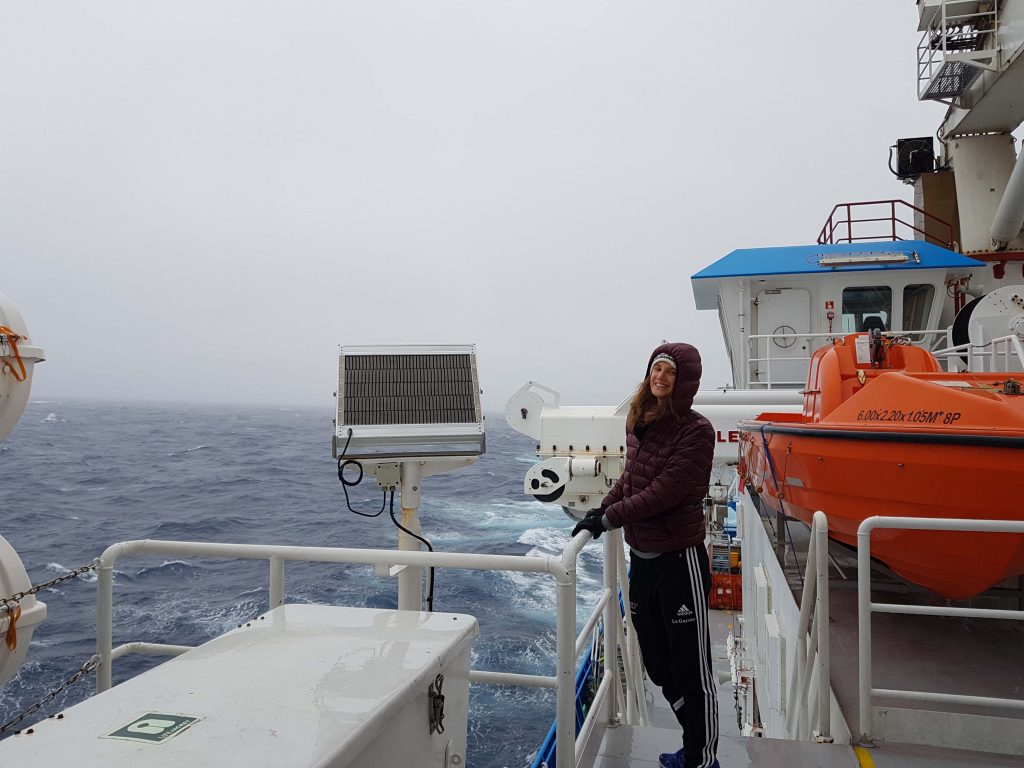
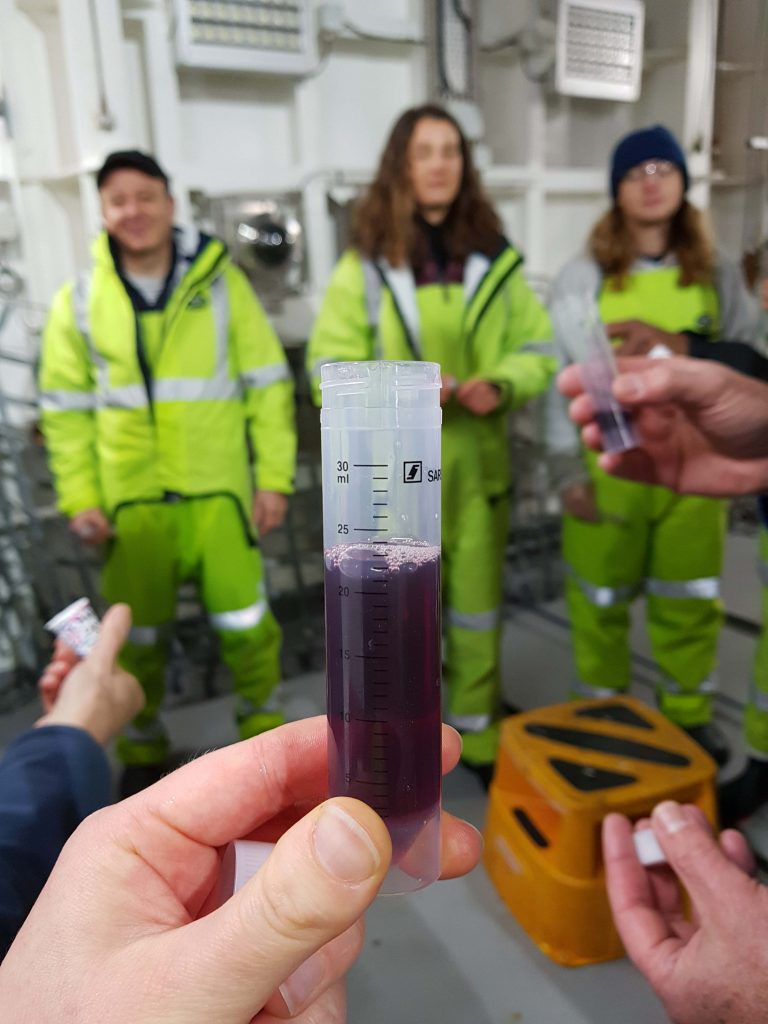
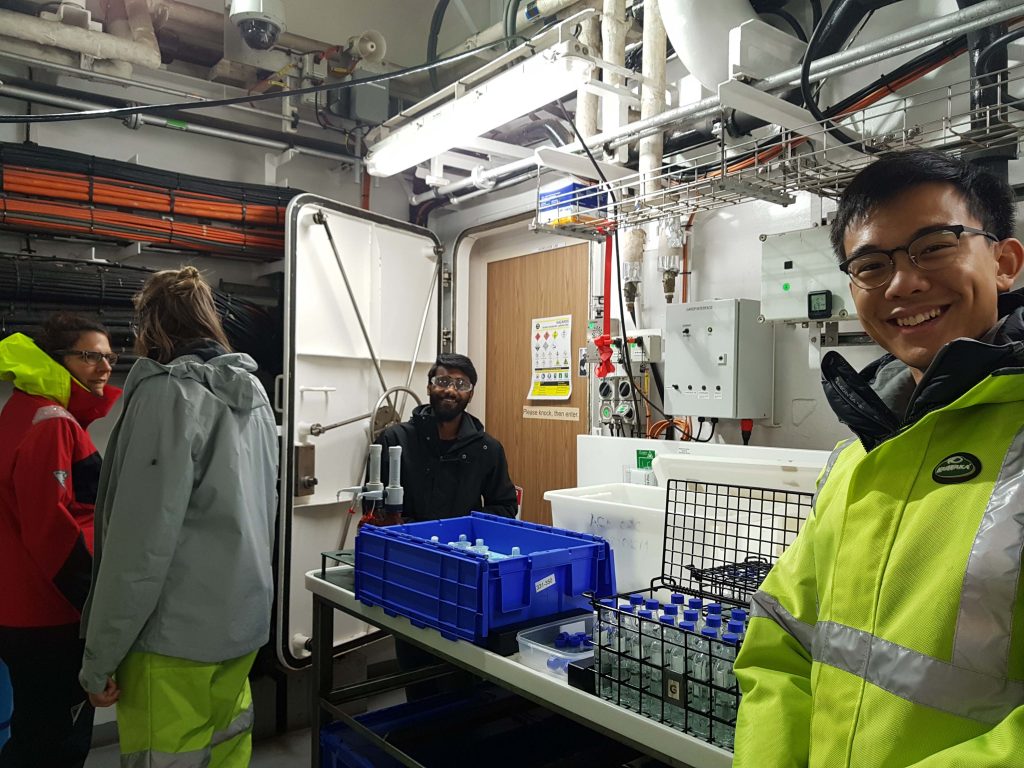

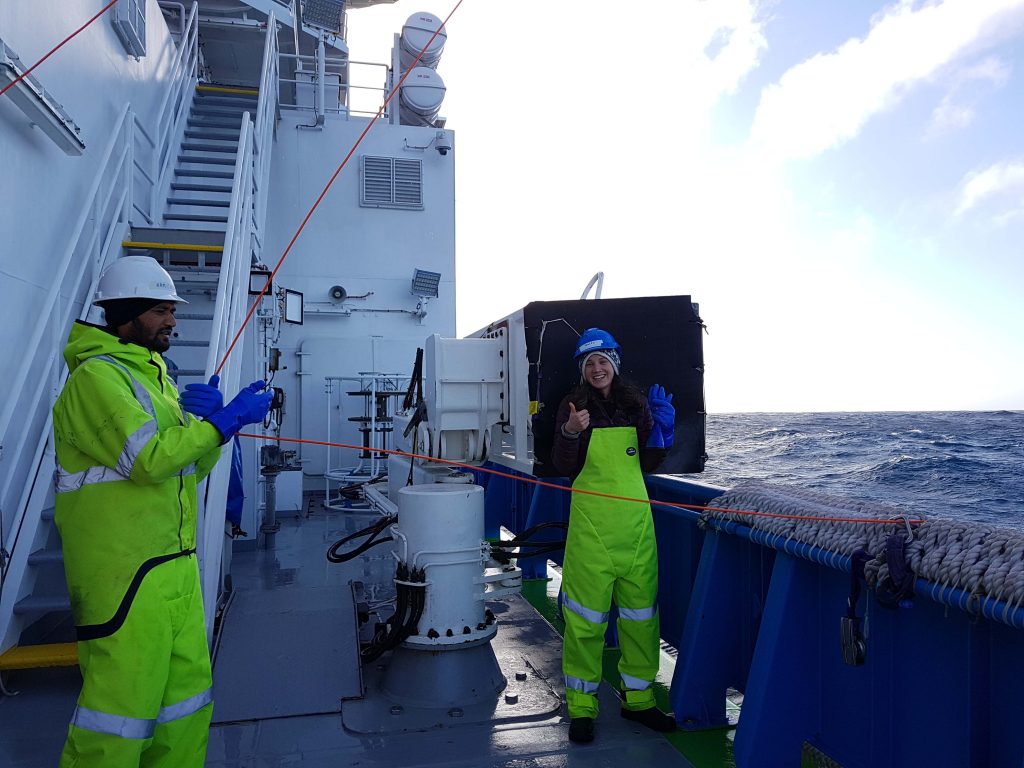
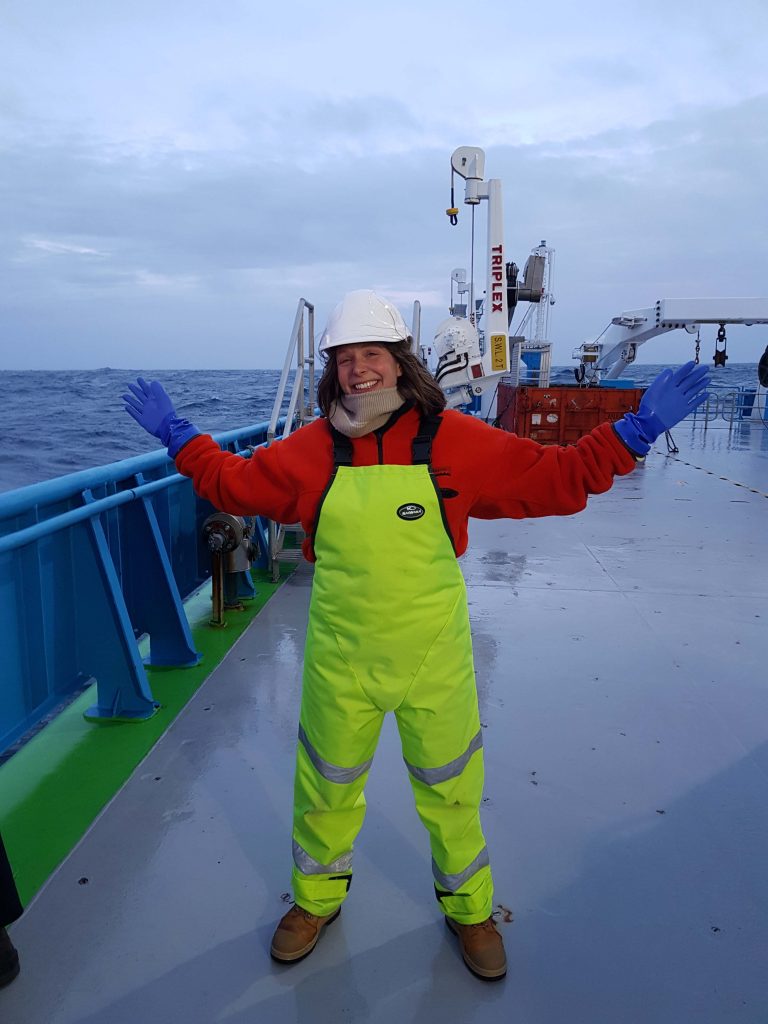
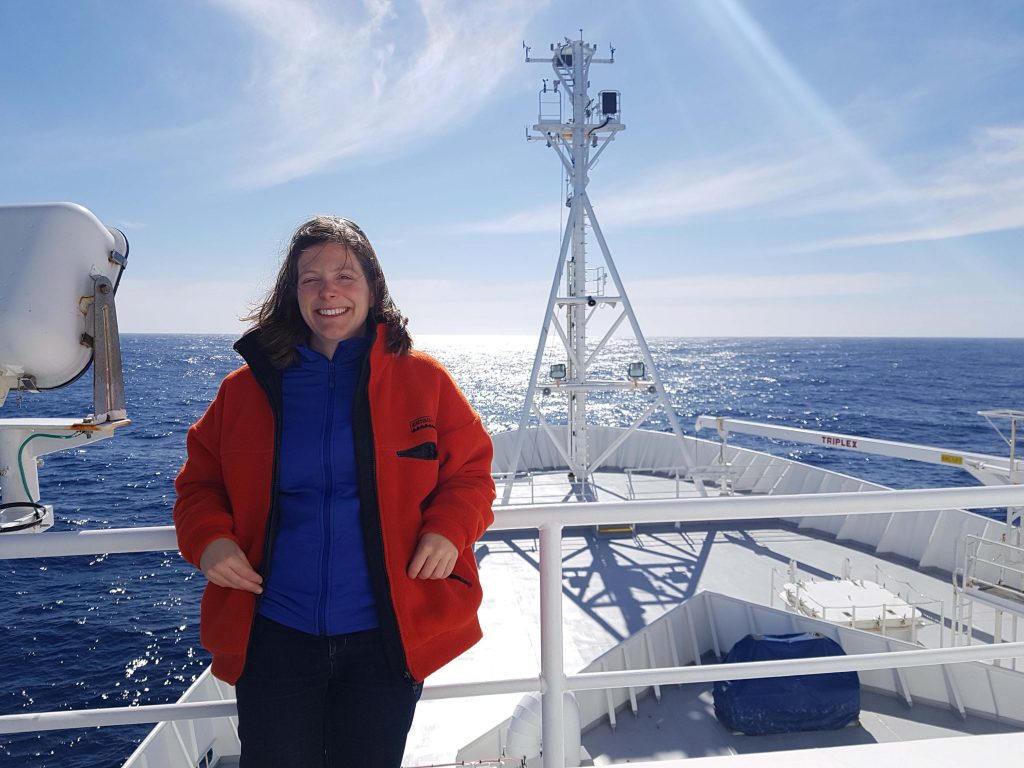





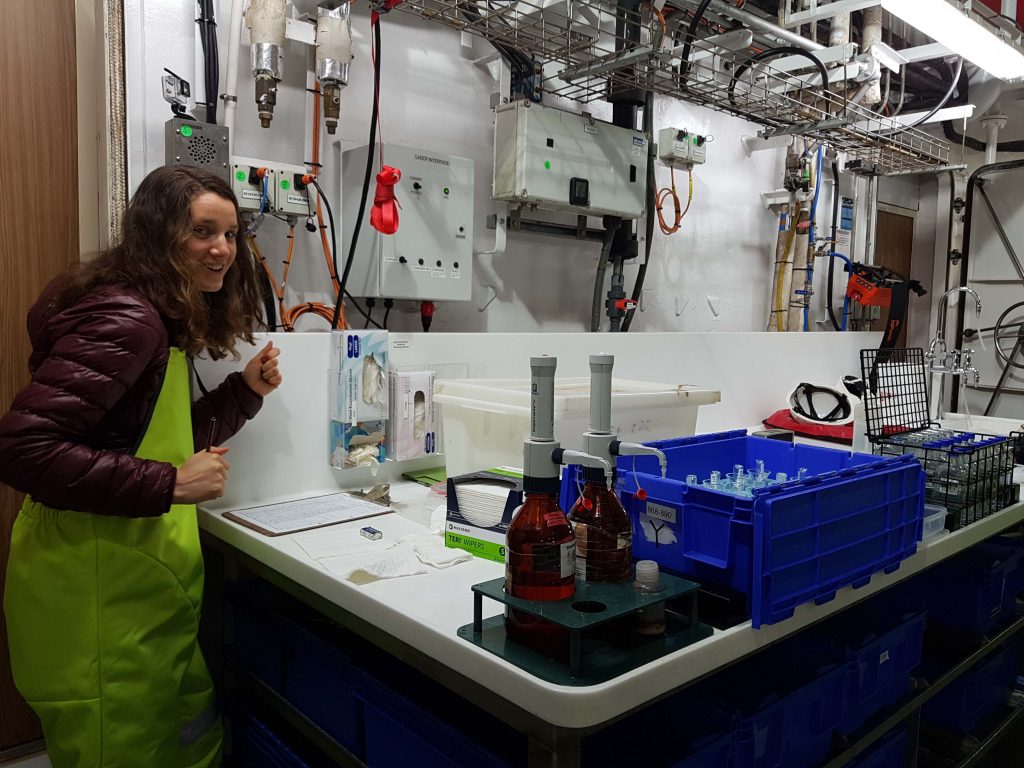

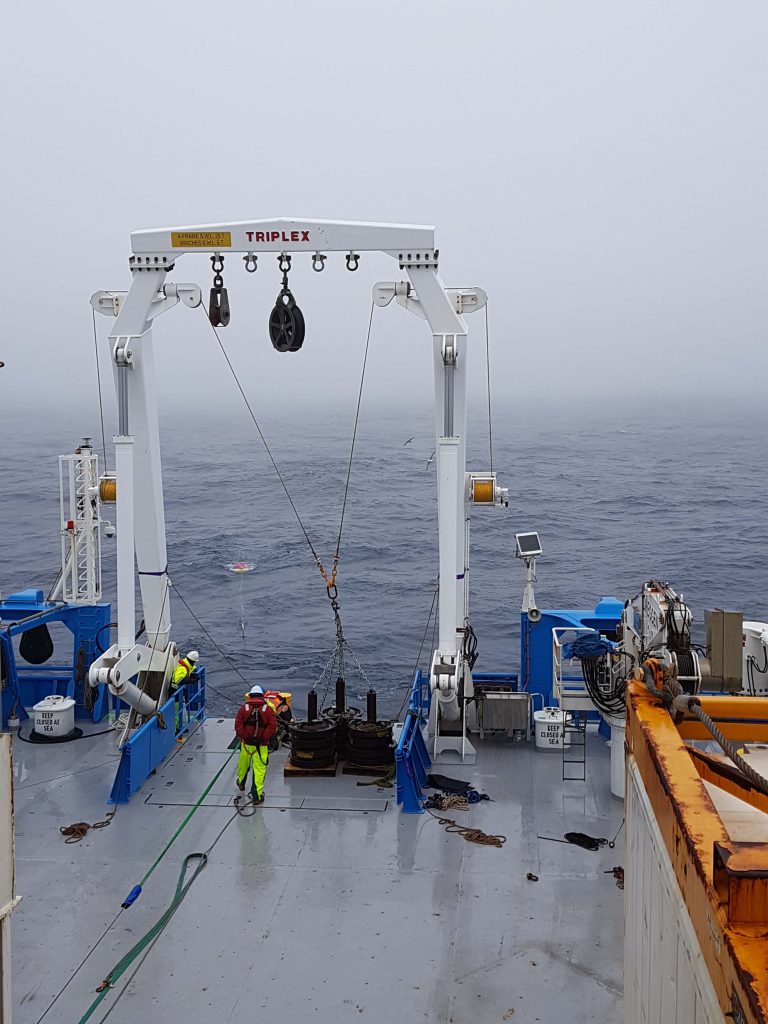

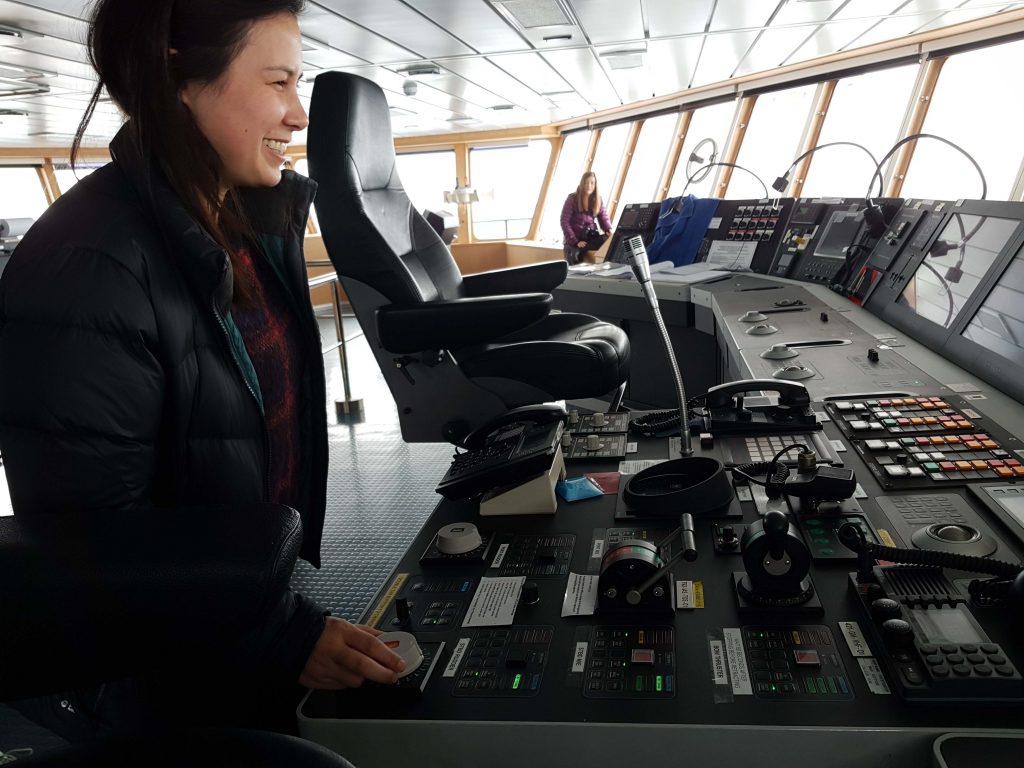
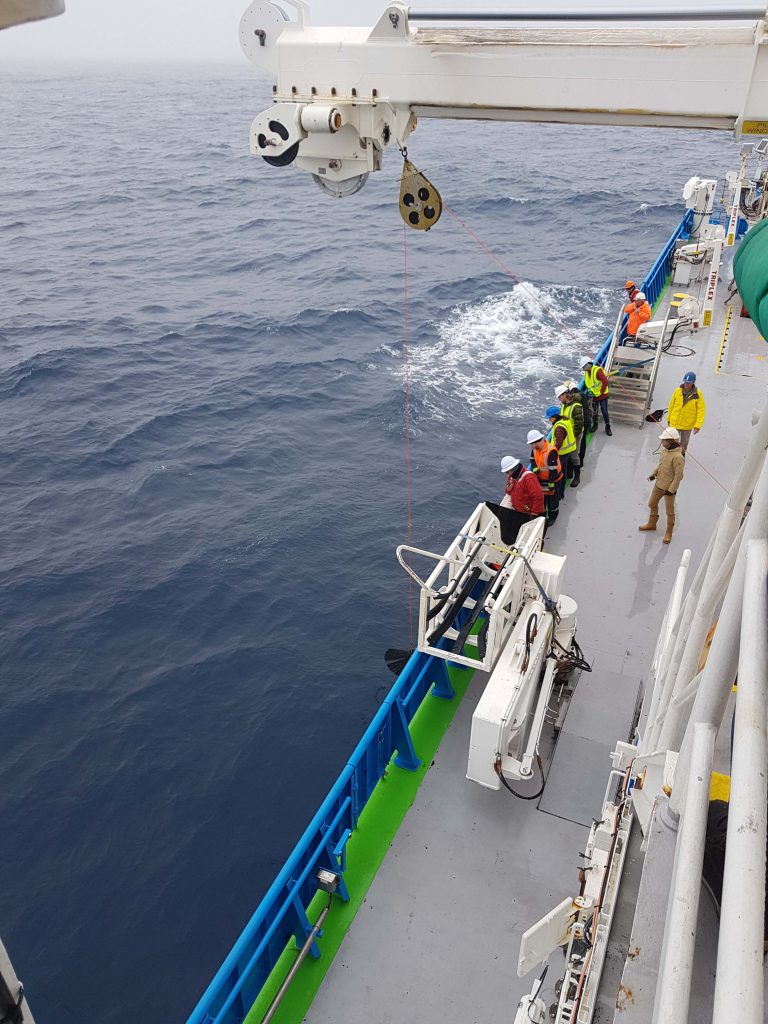
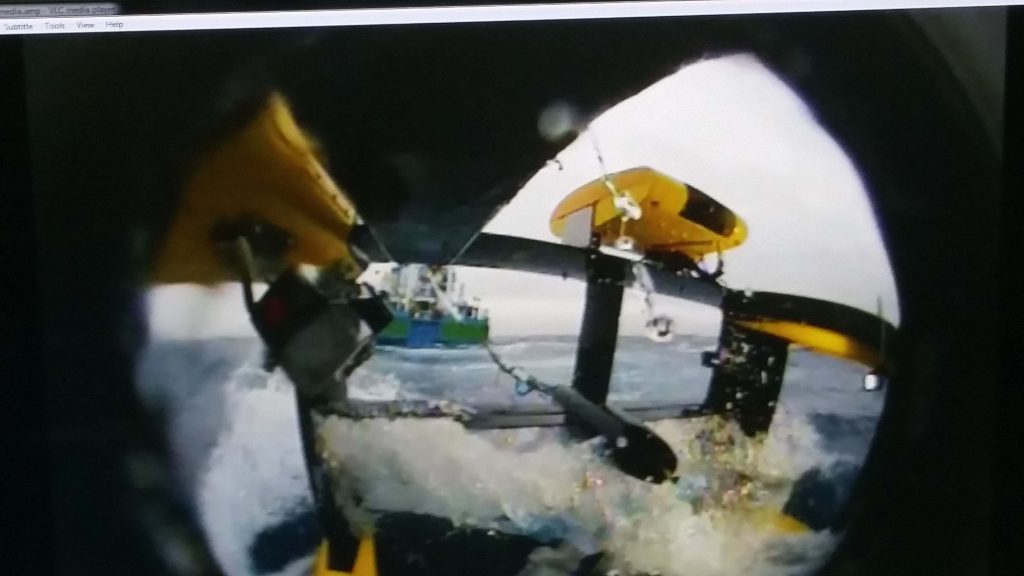
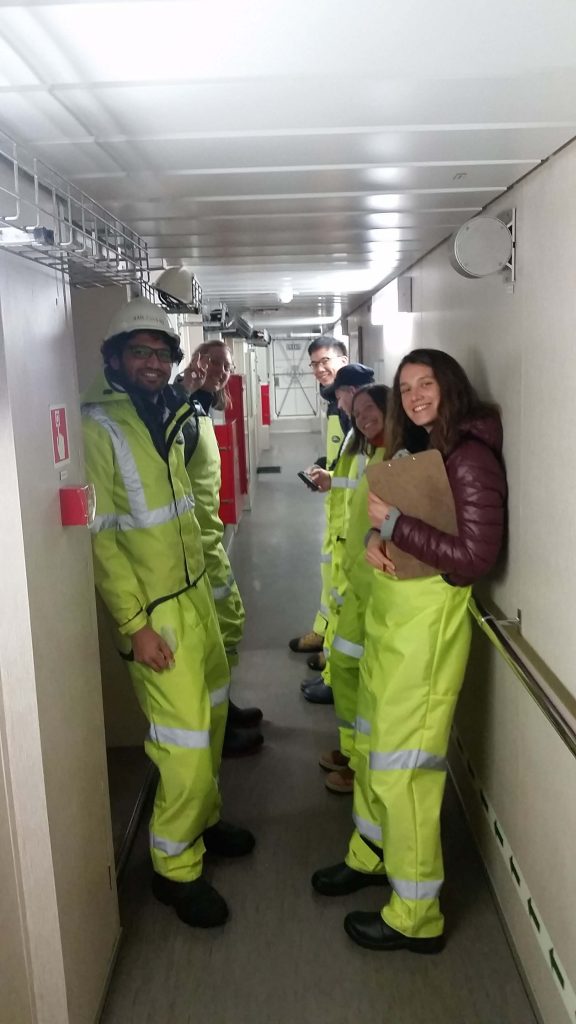

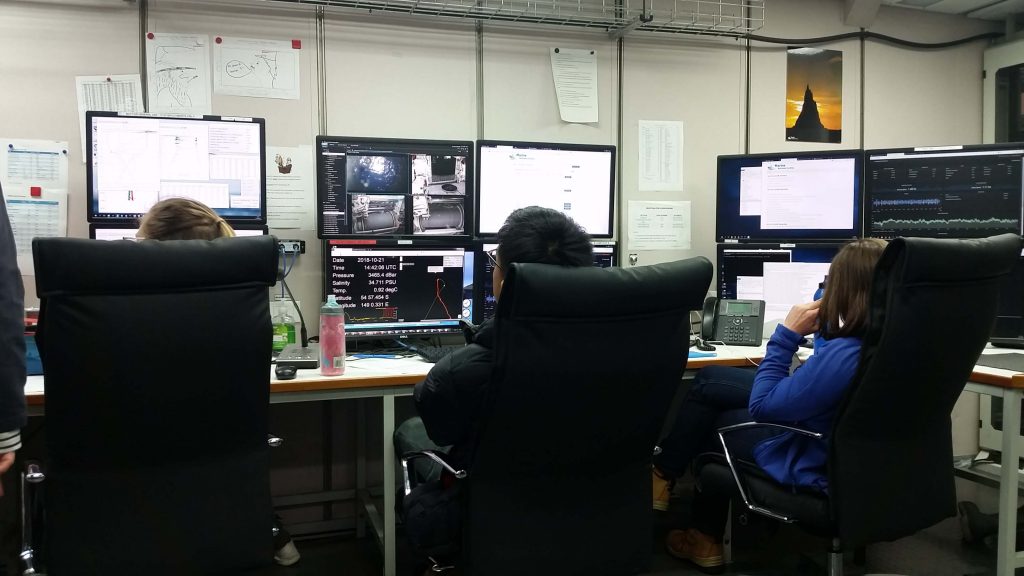
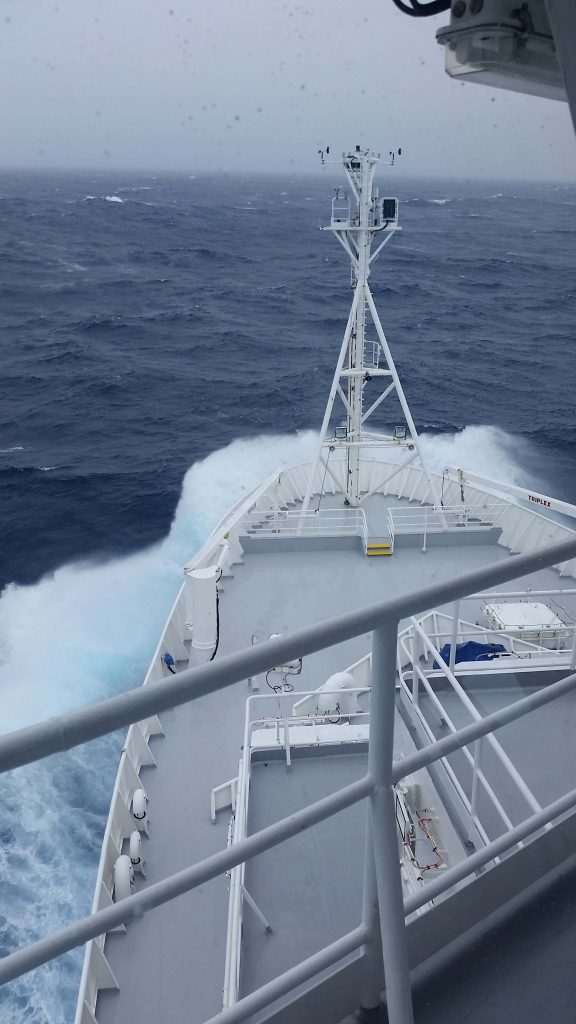
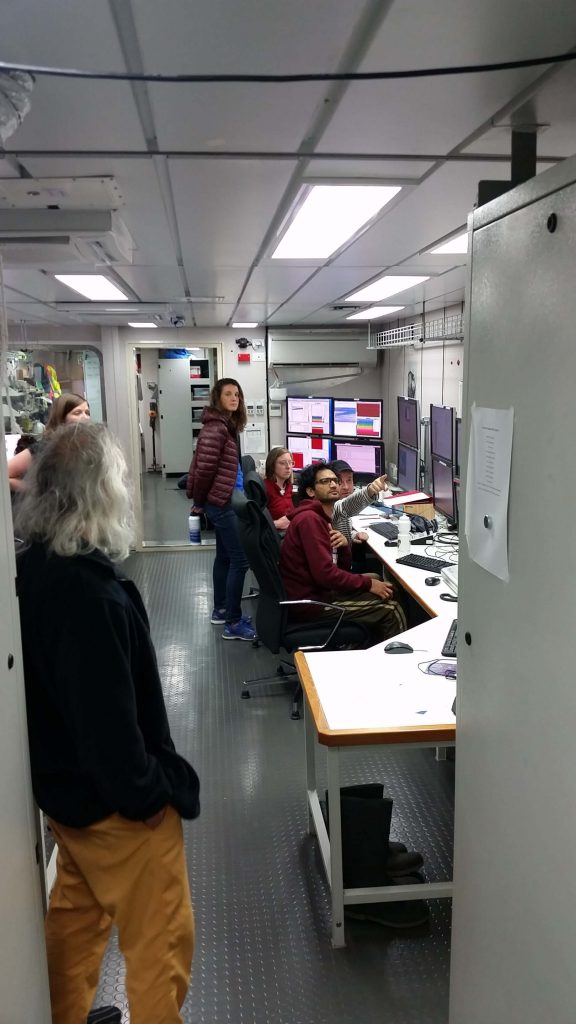
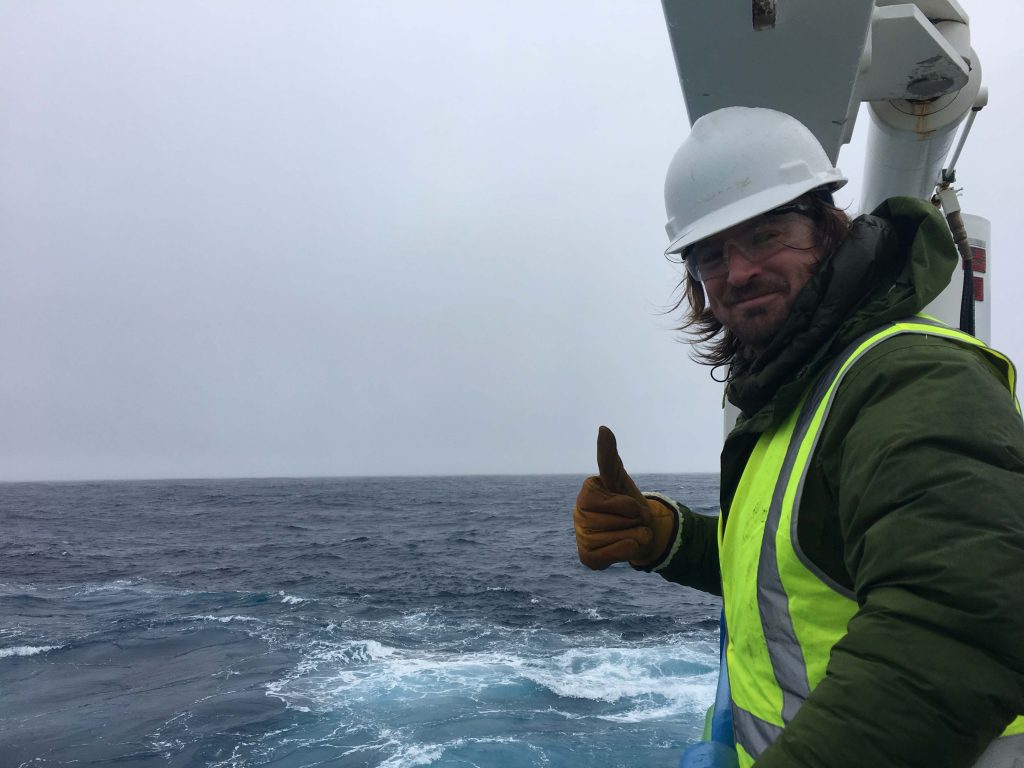
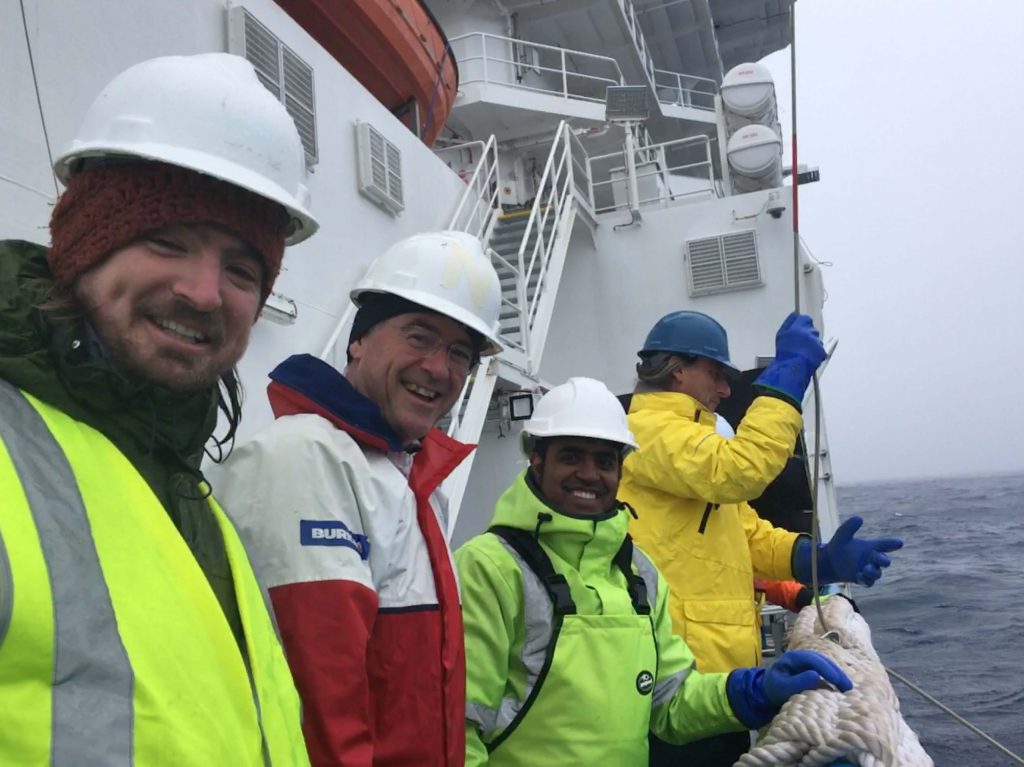



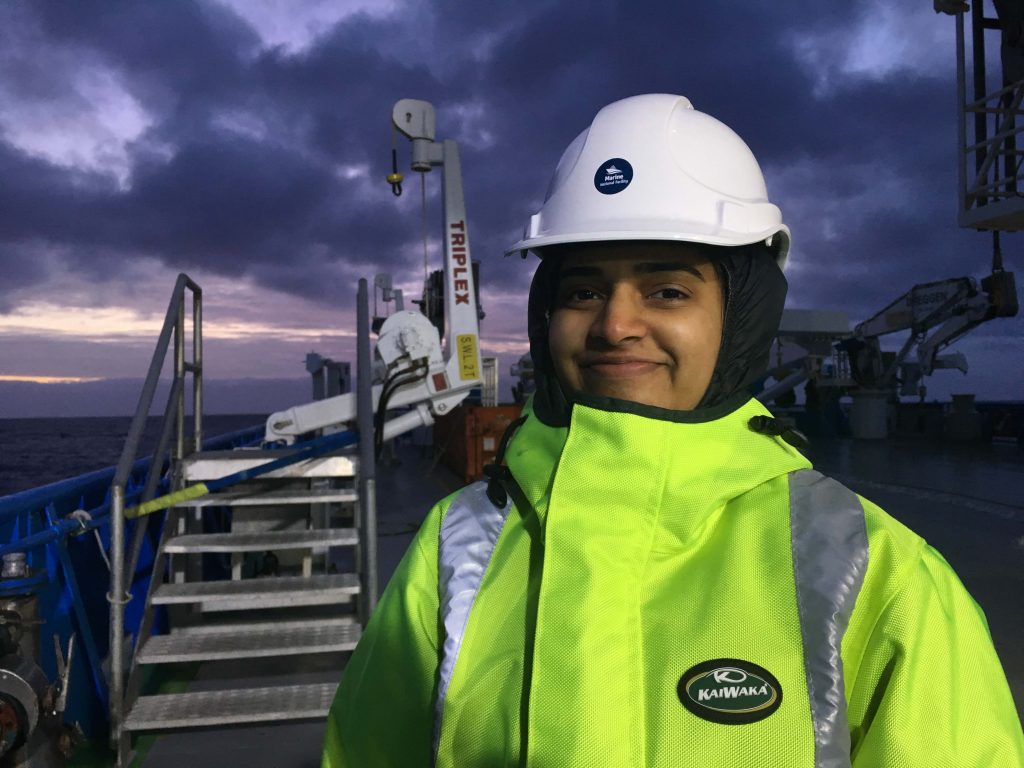
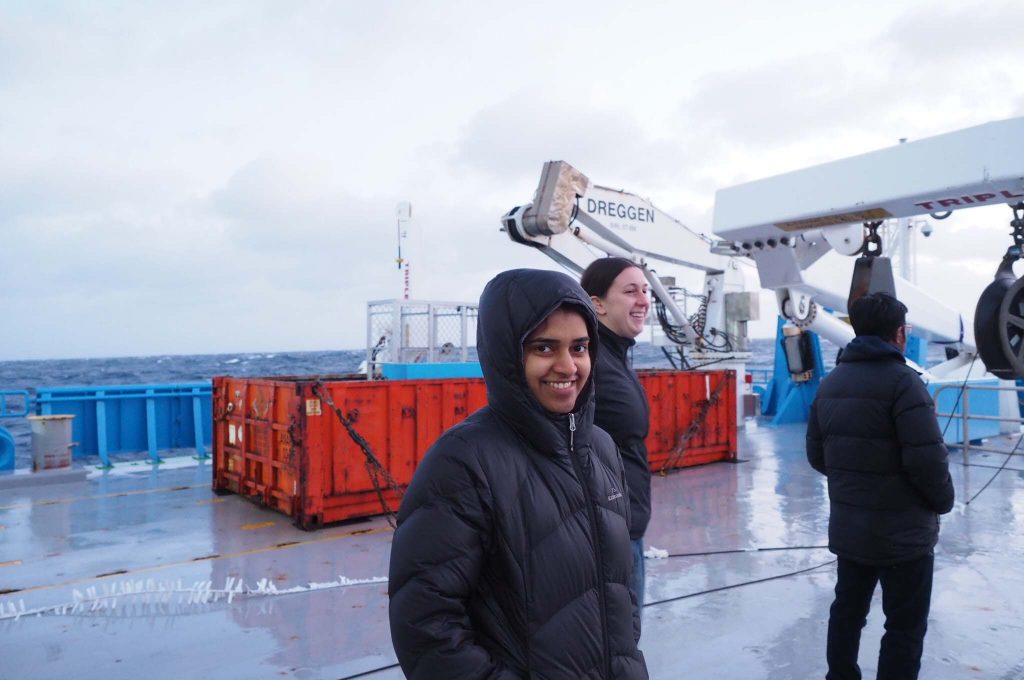

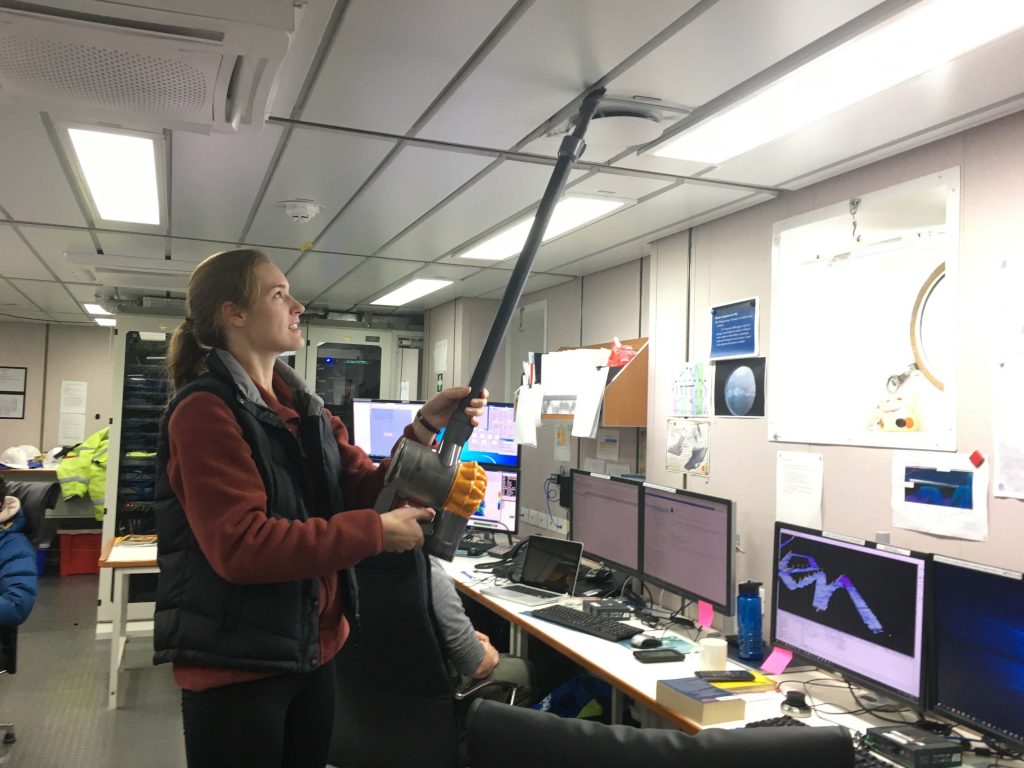
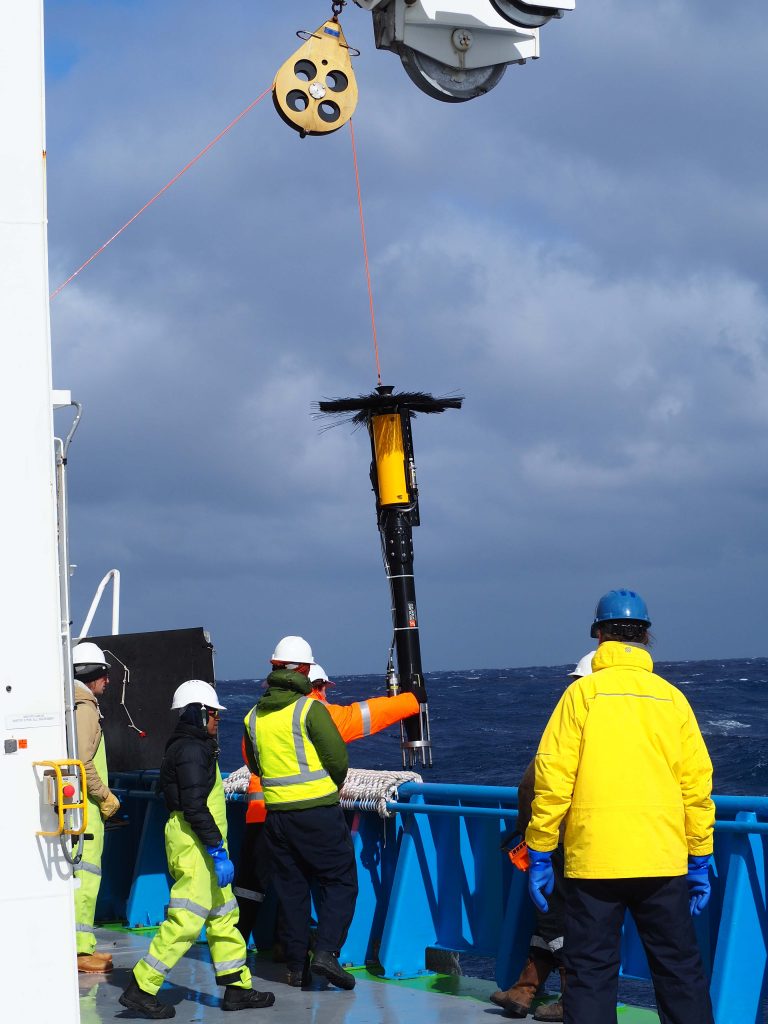


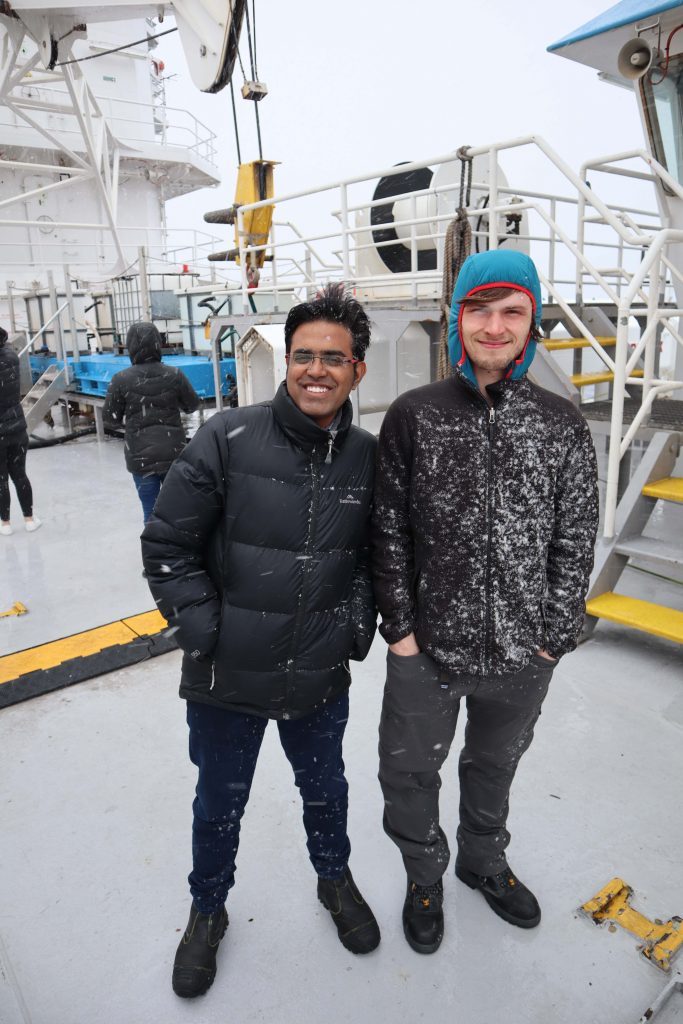
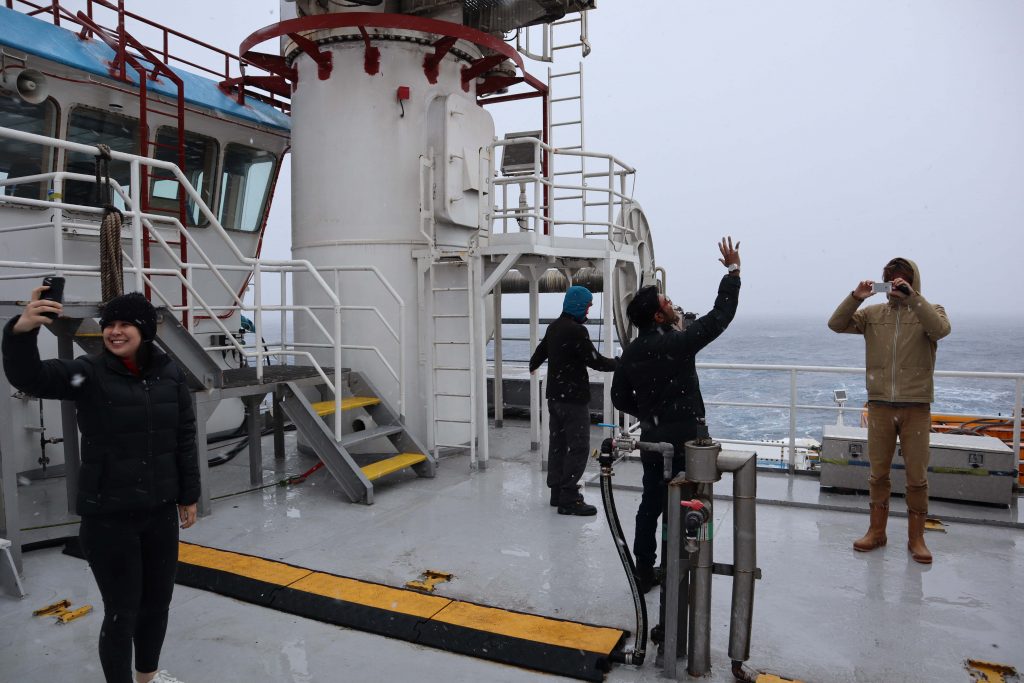
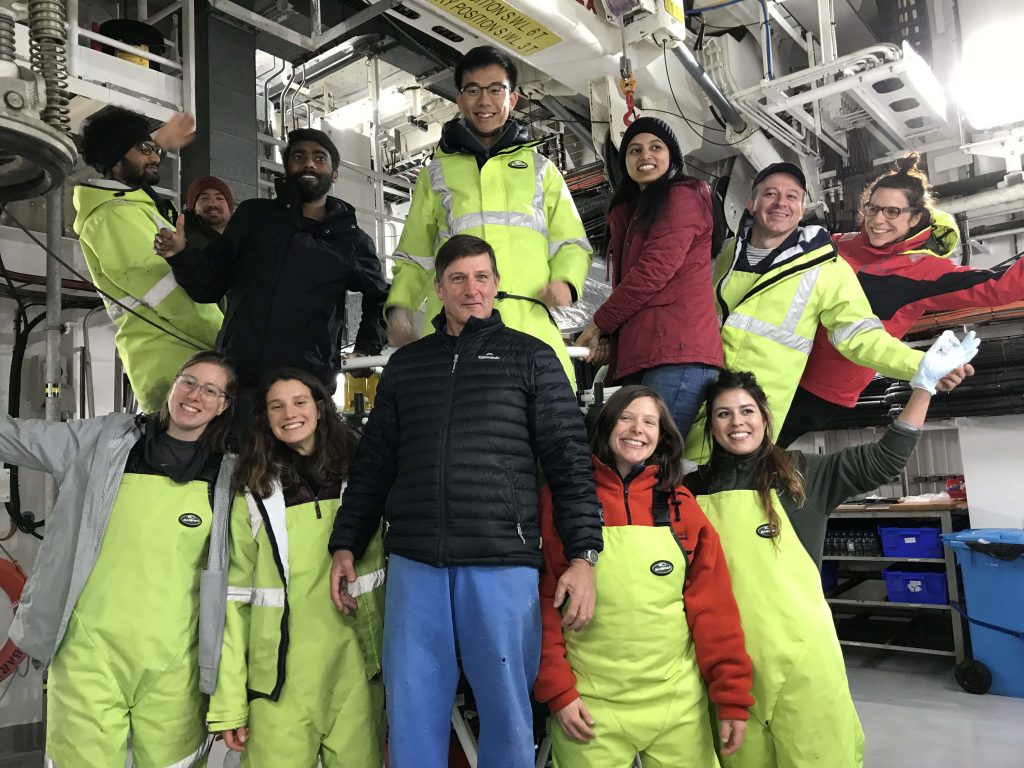
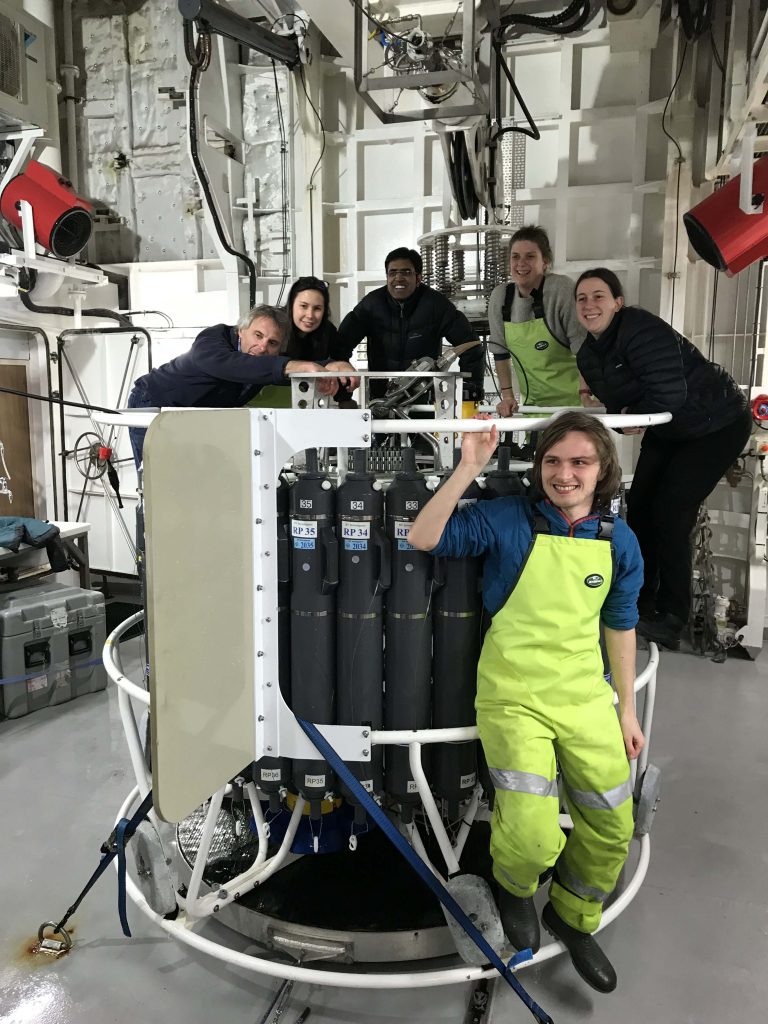
At work aboard the RV Investigator


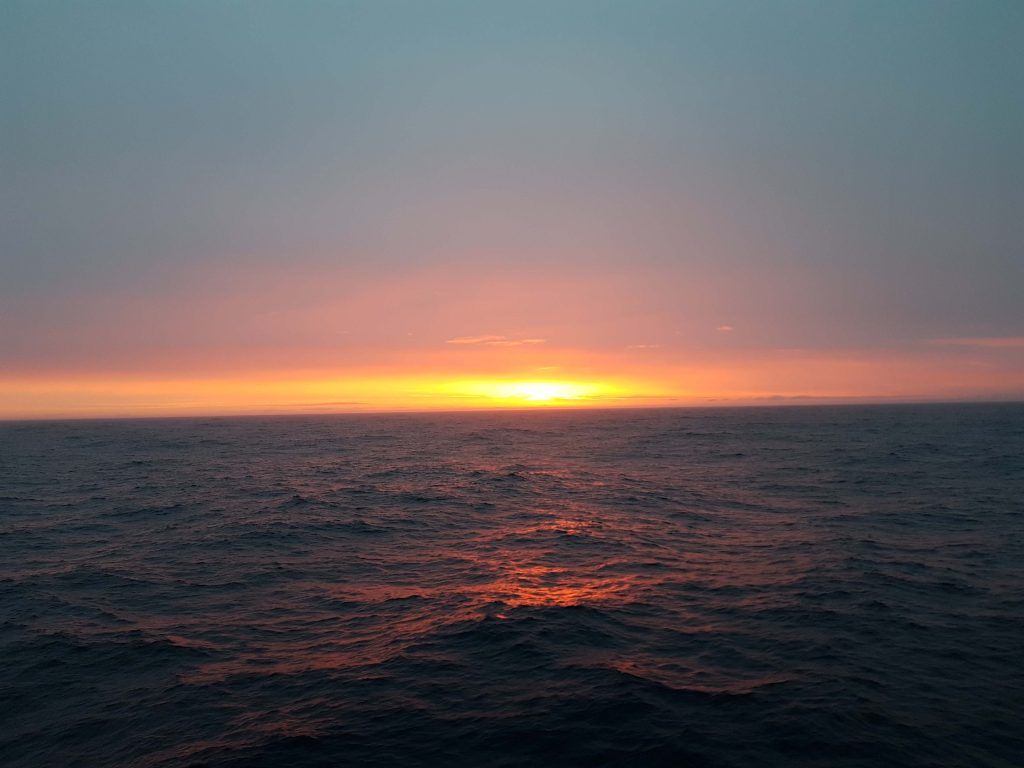
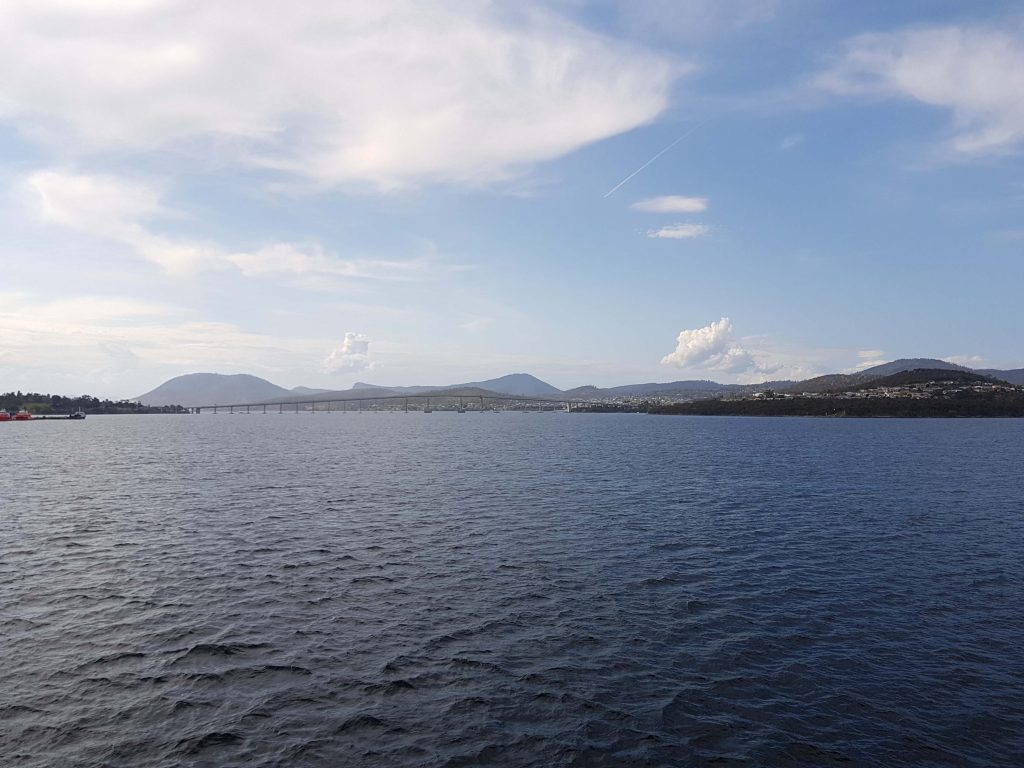
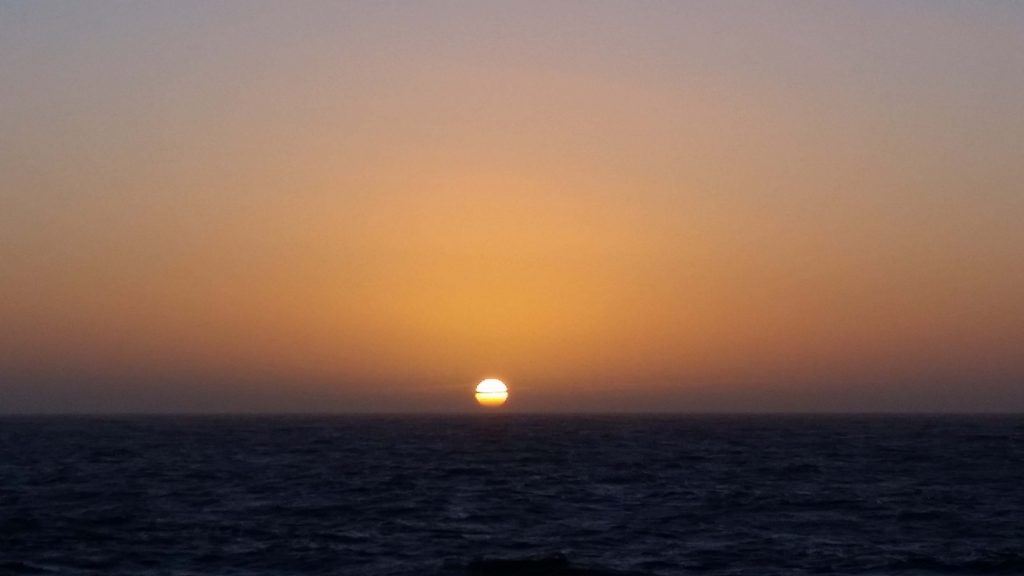
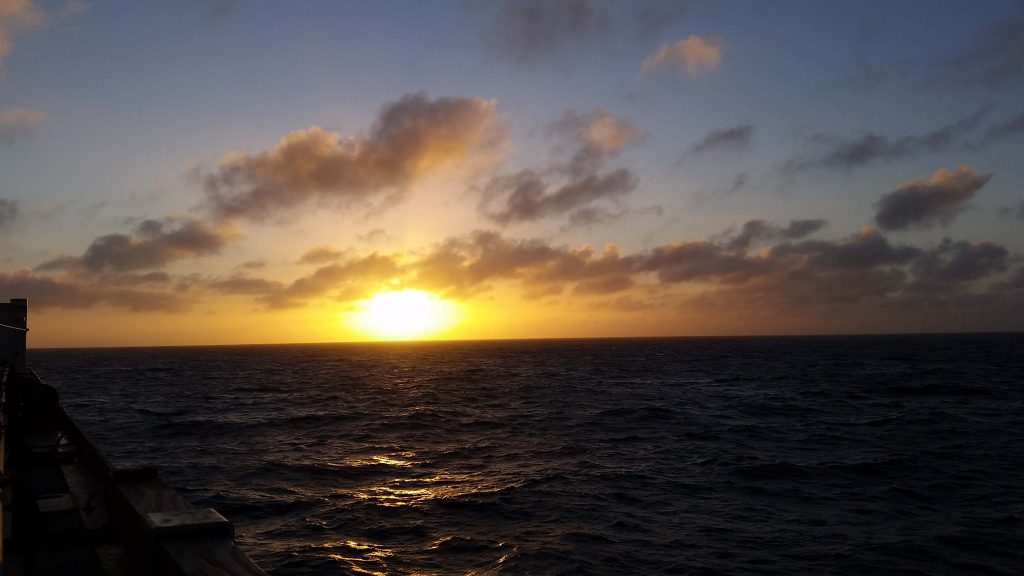


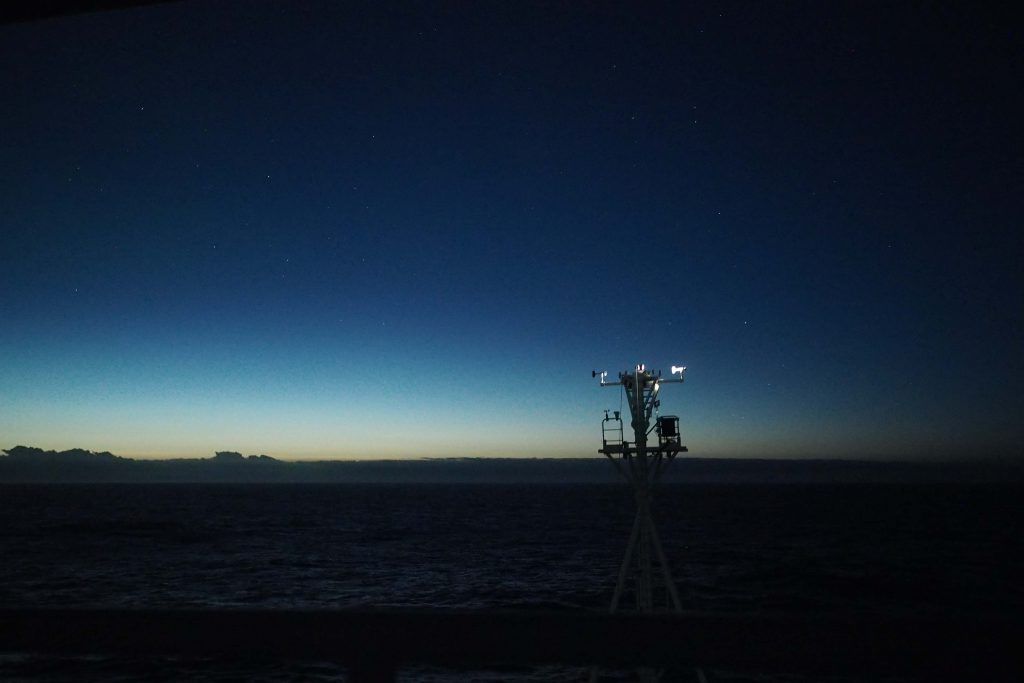



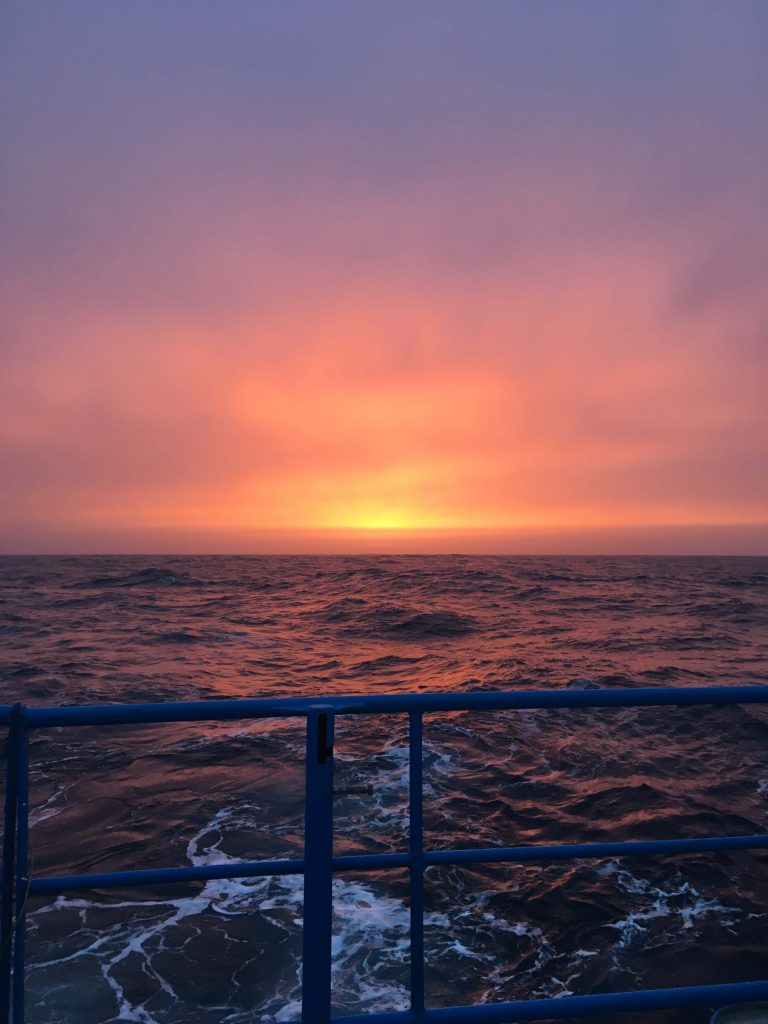
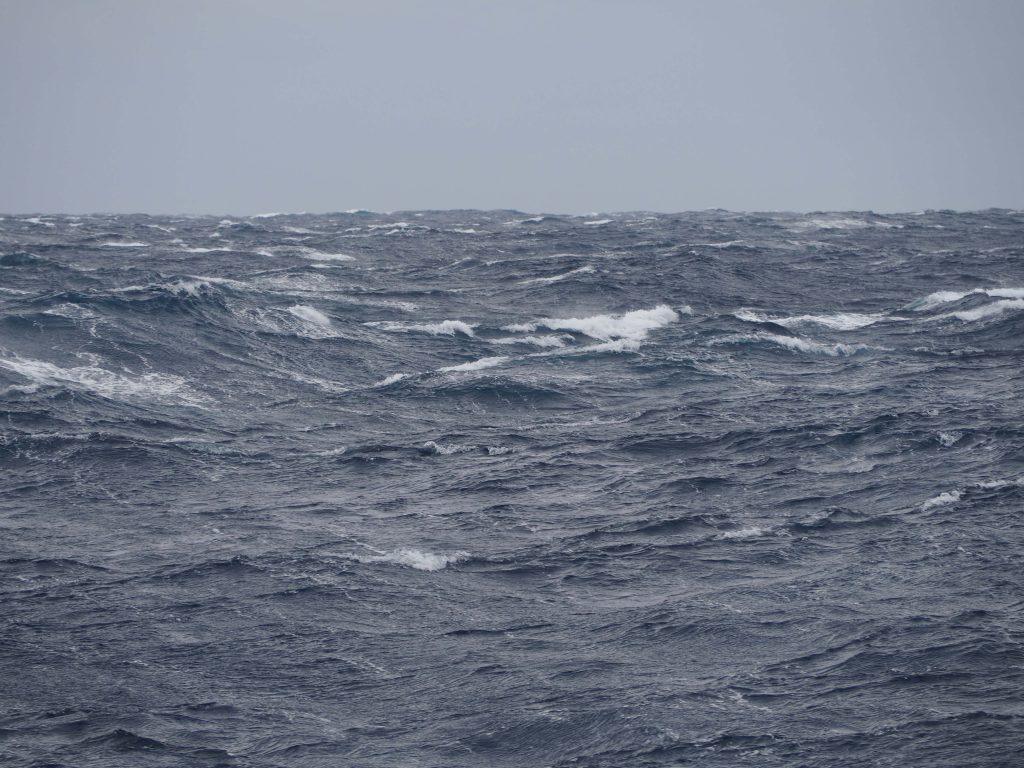


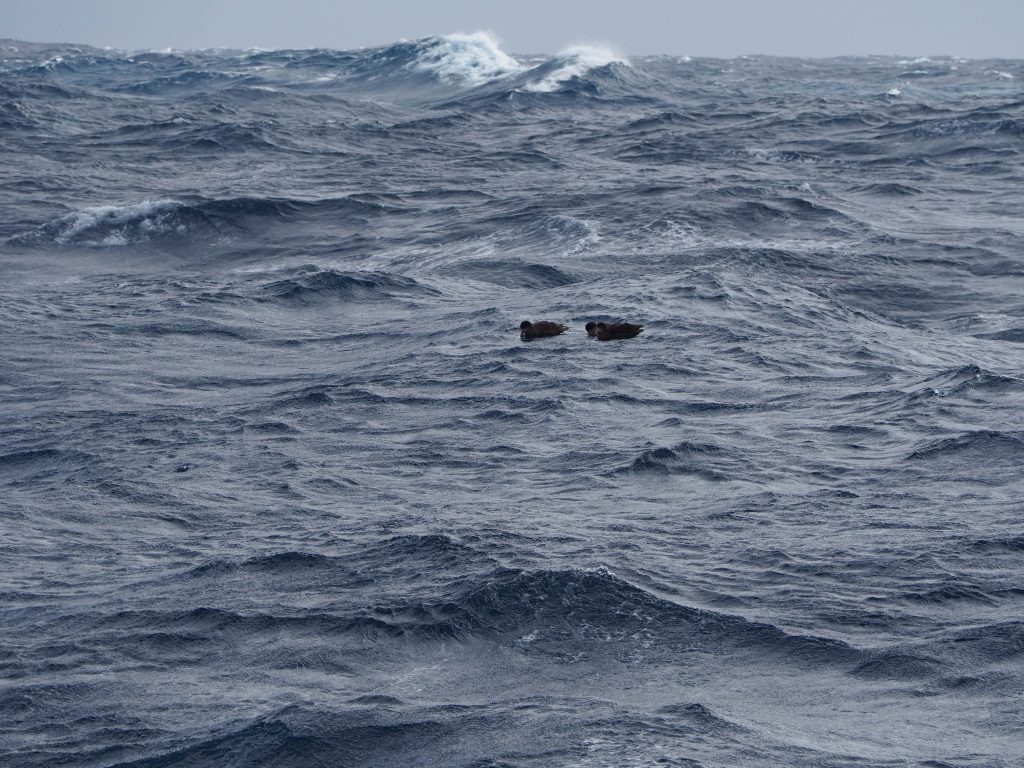
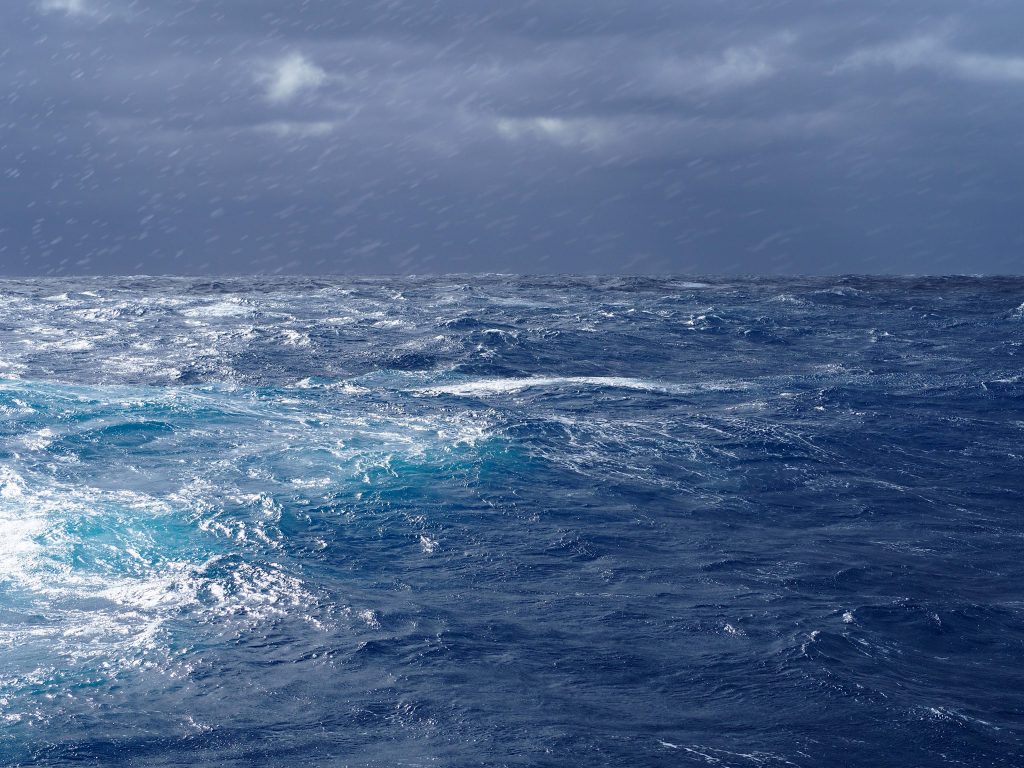

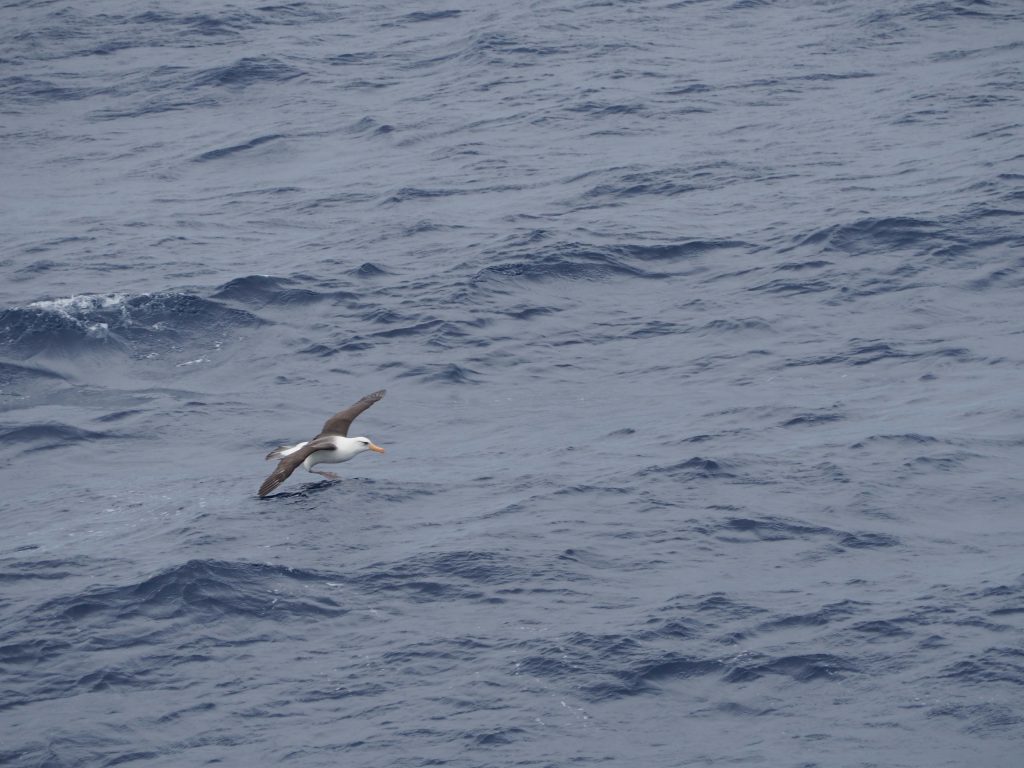
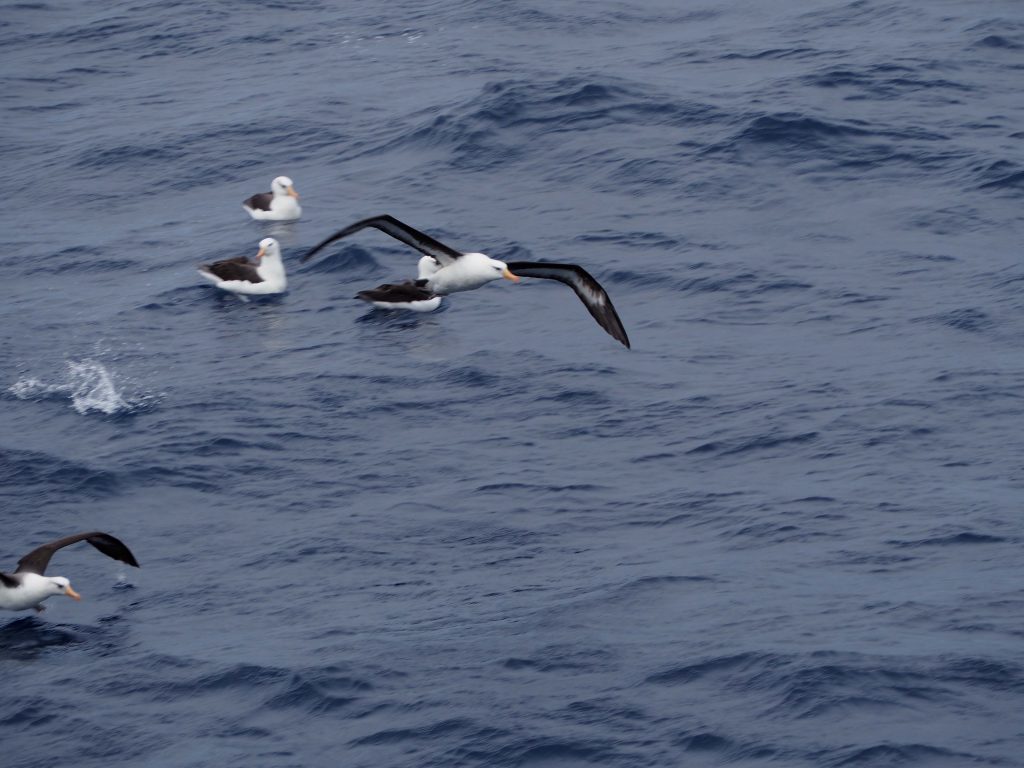

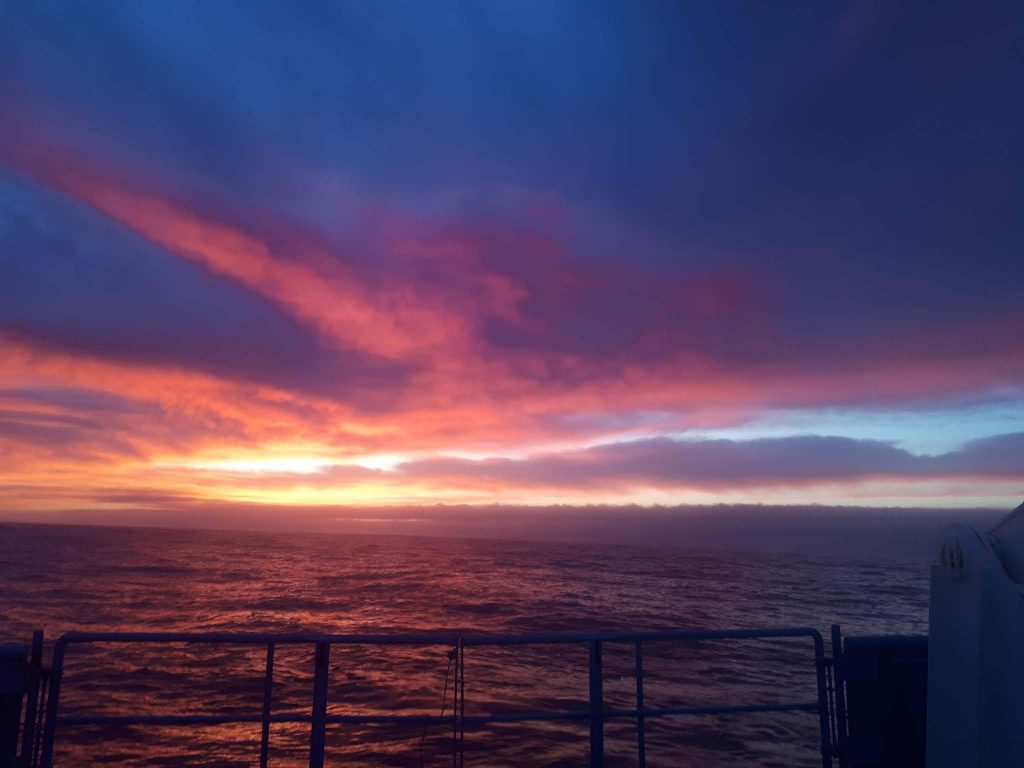
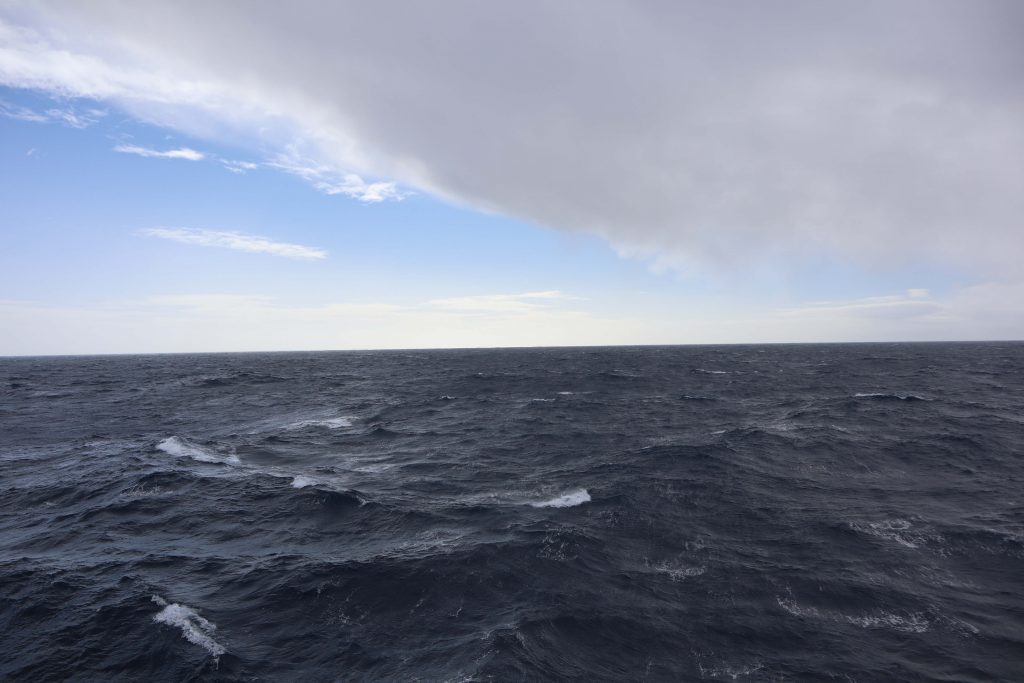

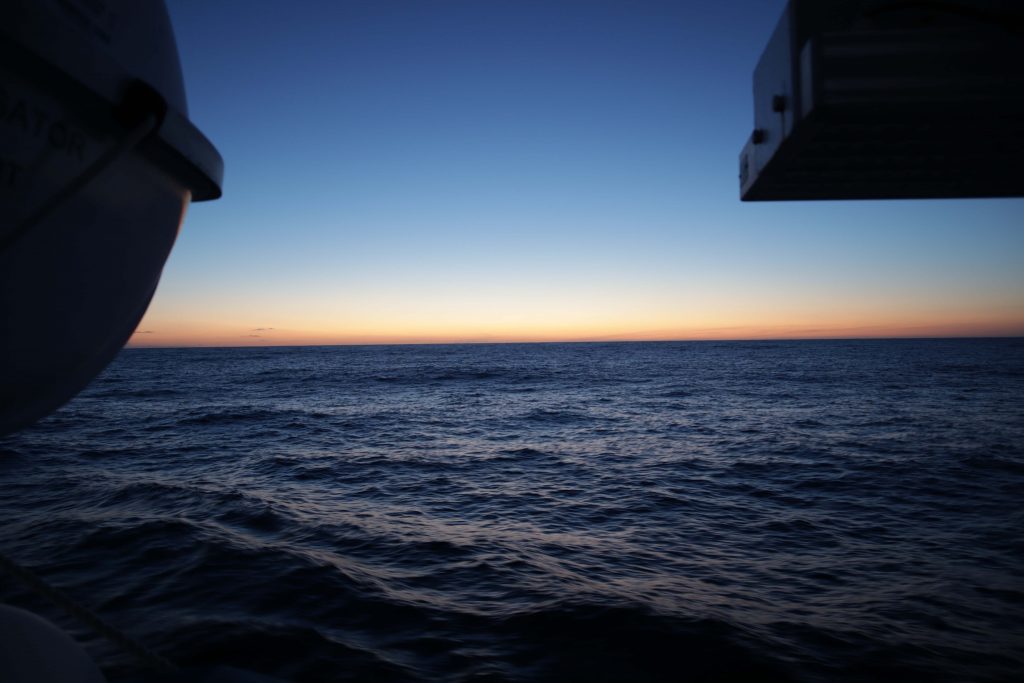

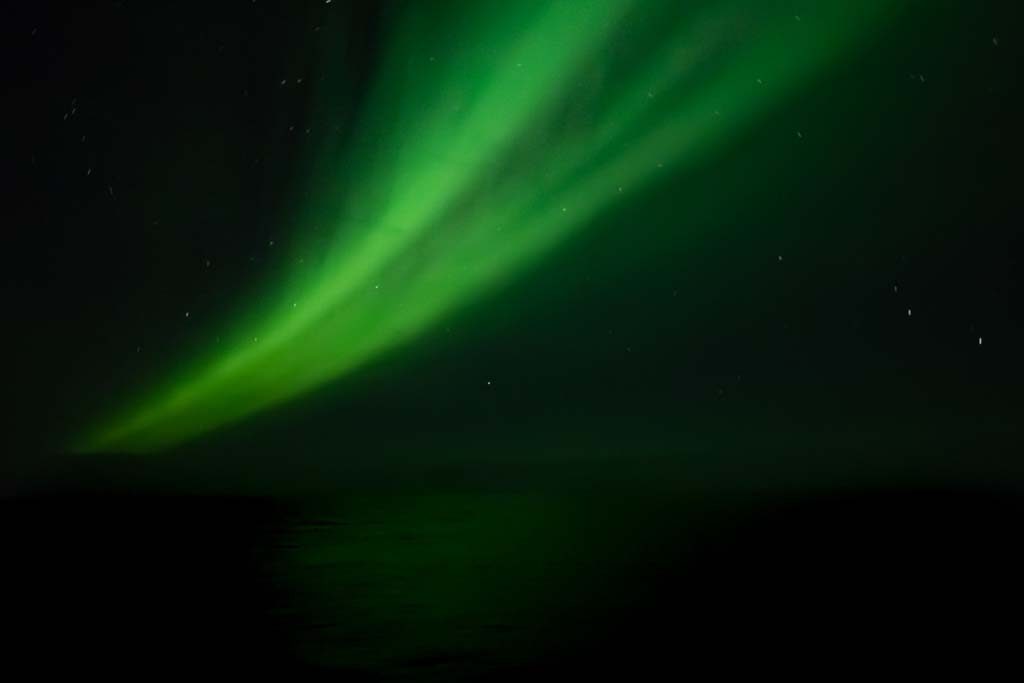
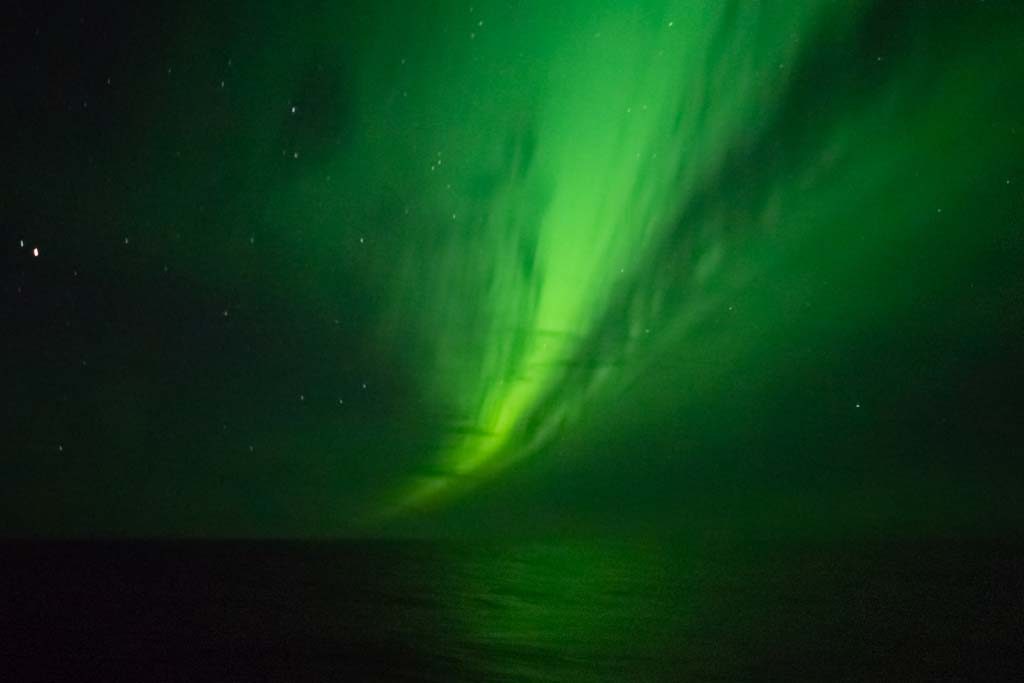
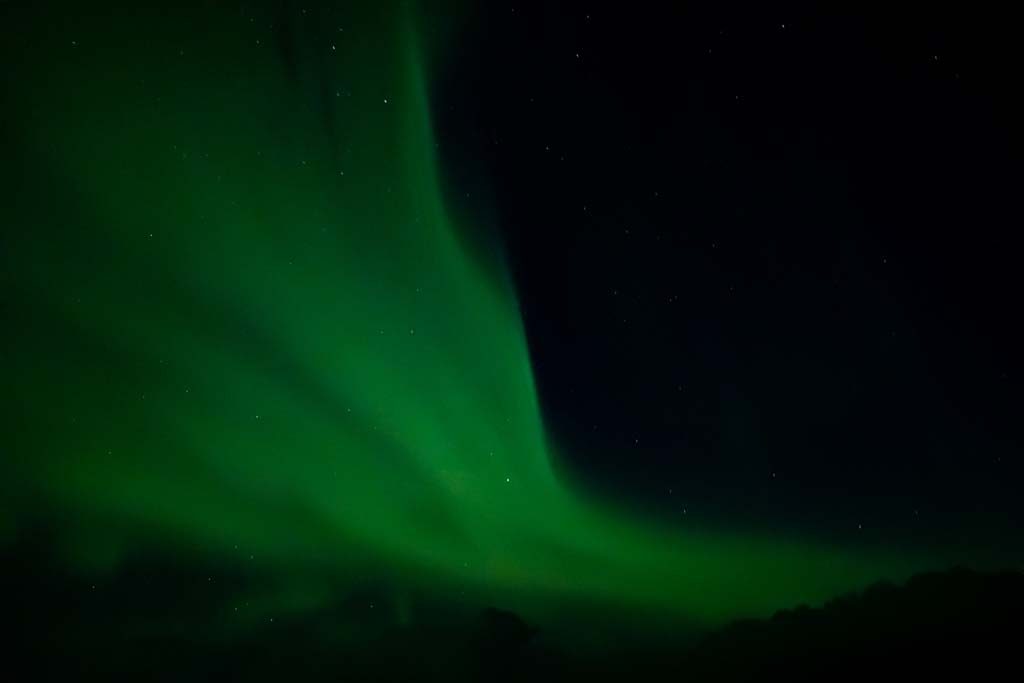
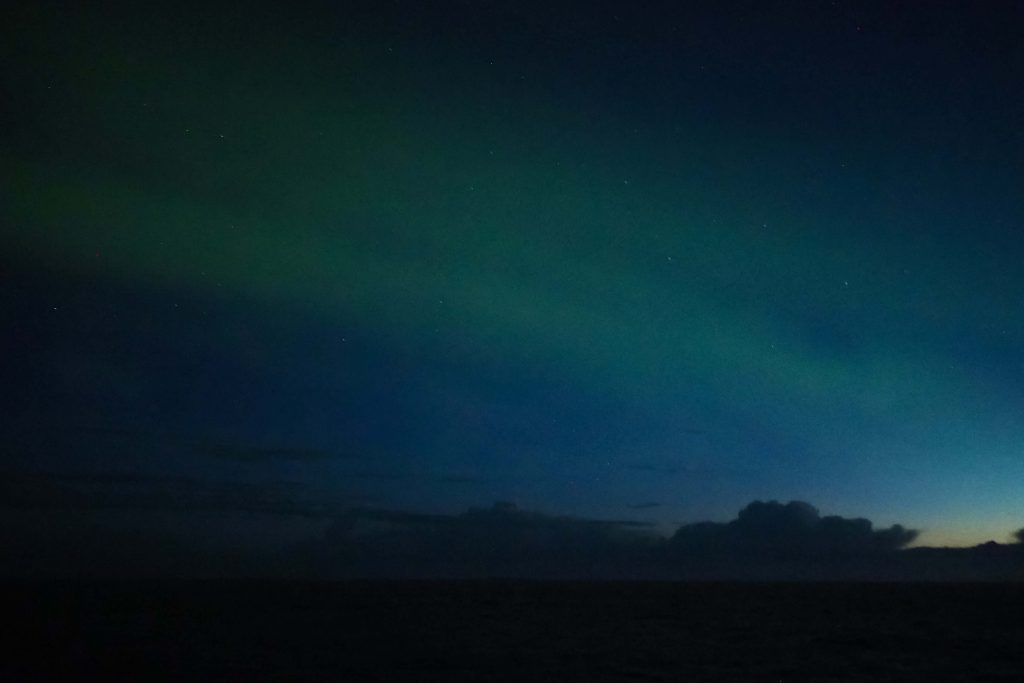
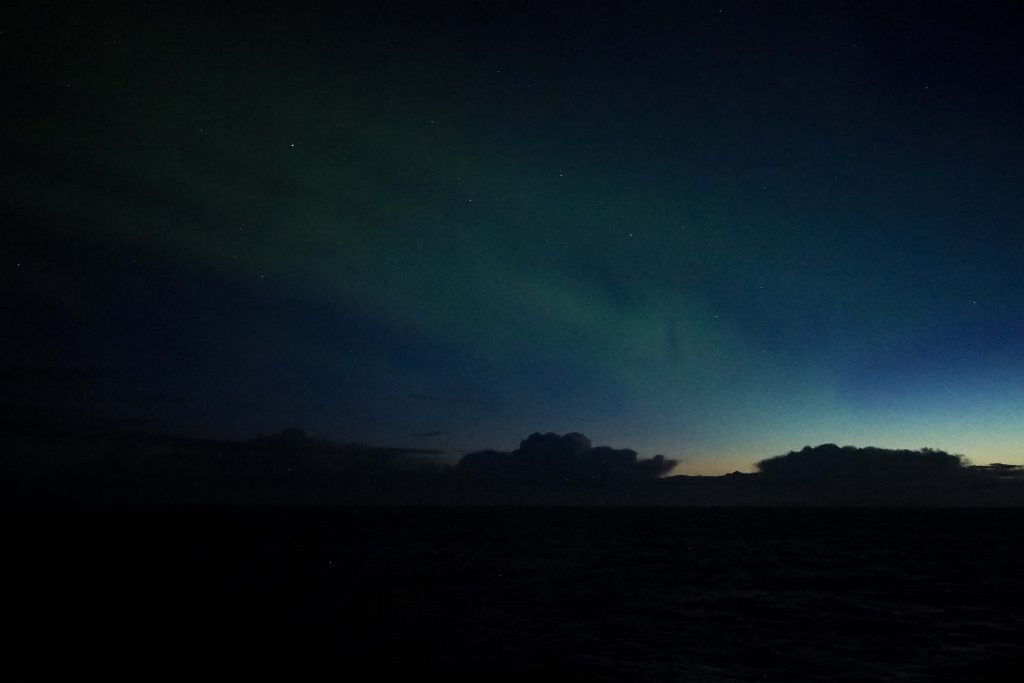
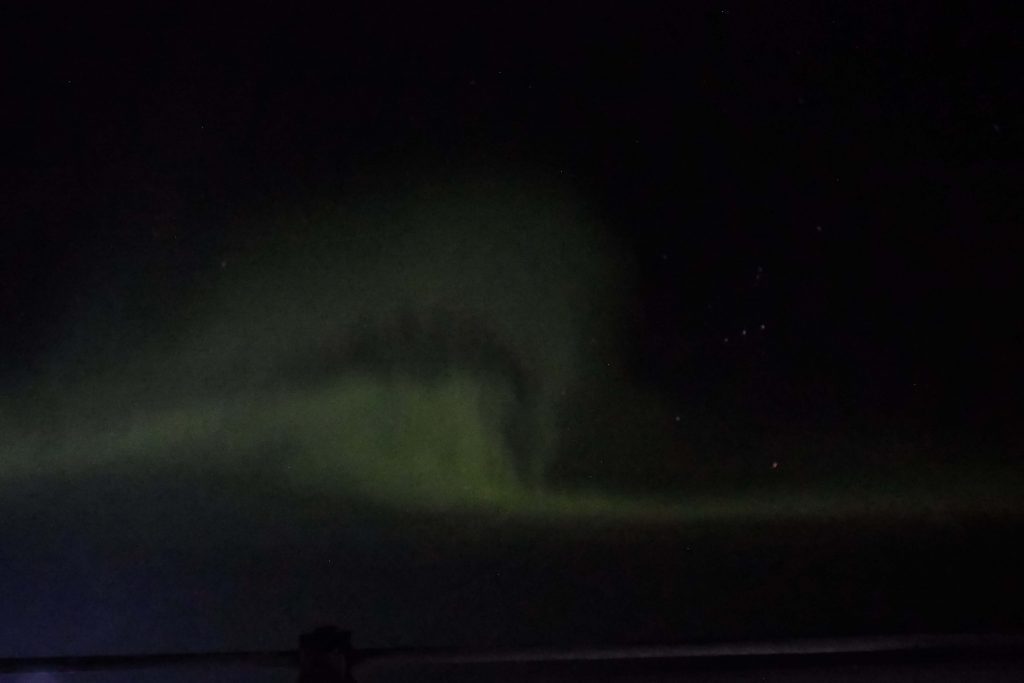
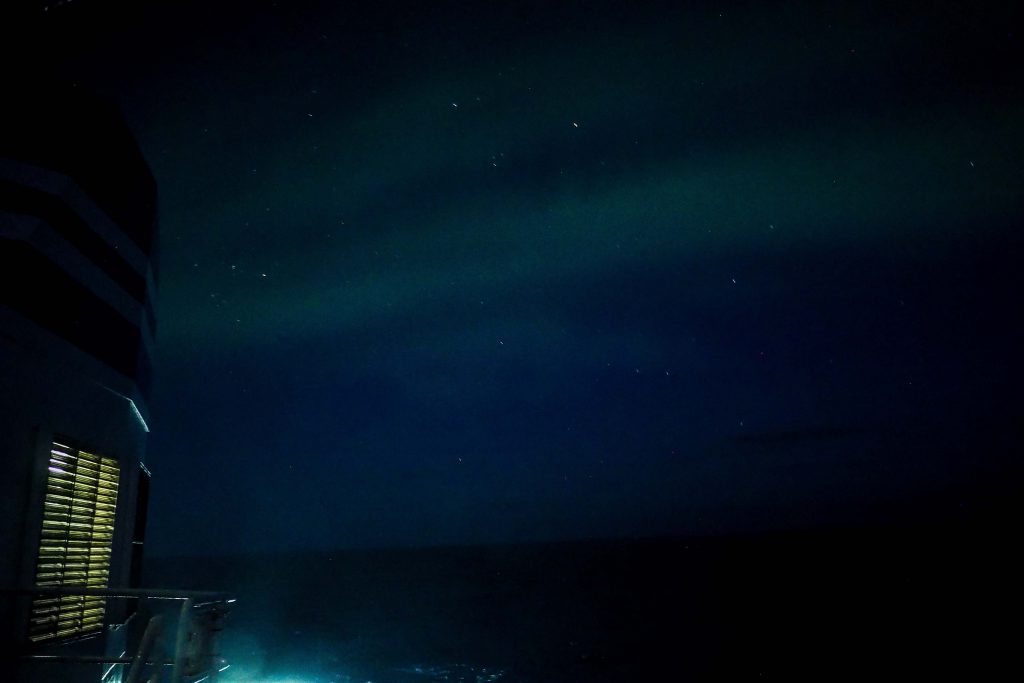
Scenery from the deck including Aurora Australis pictures


